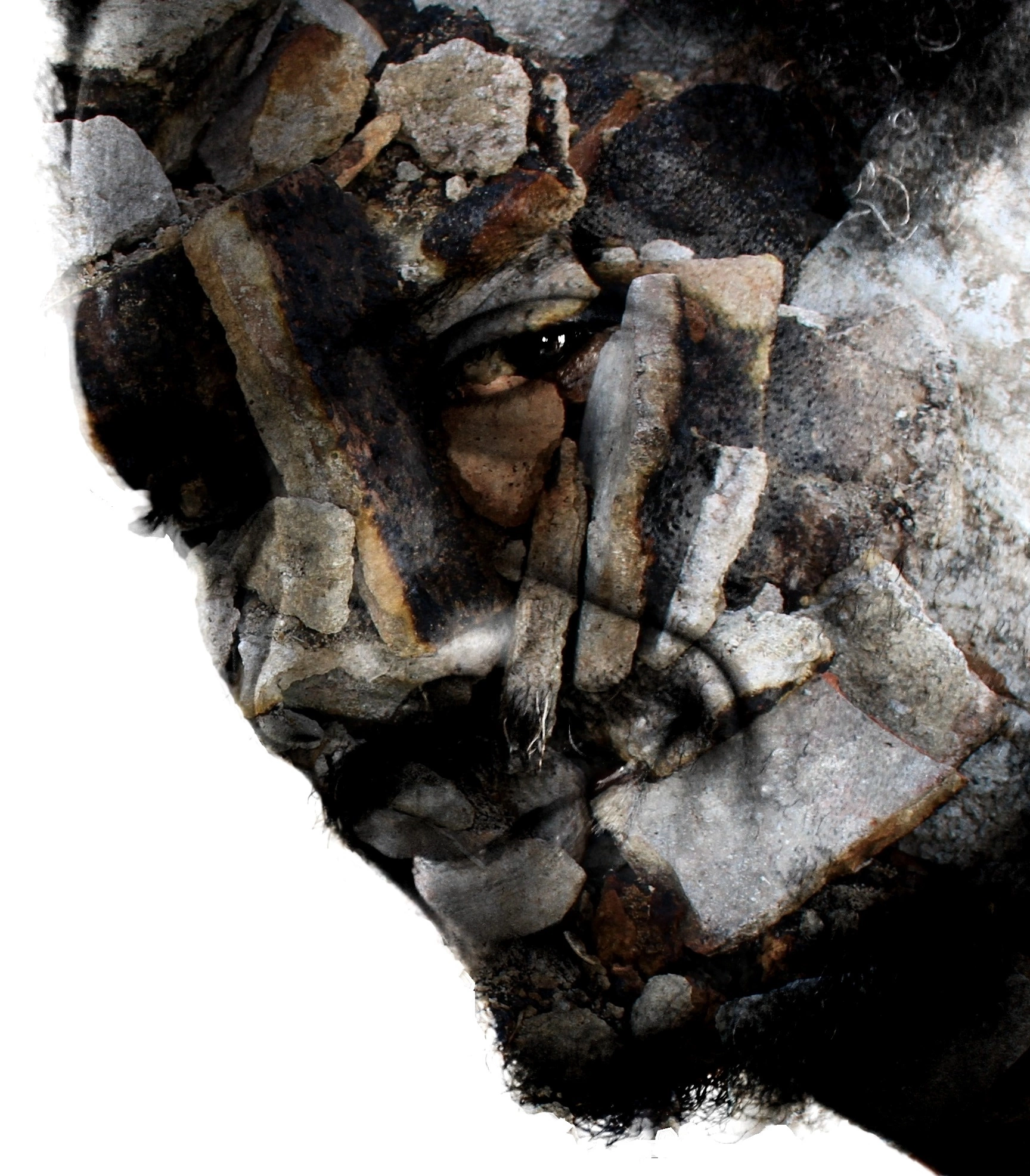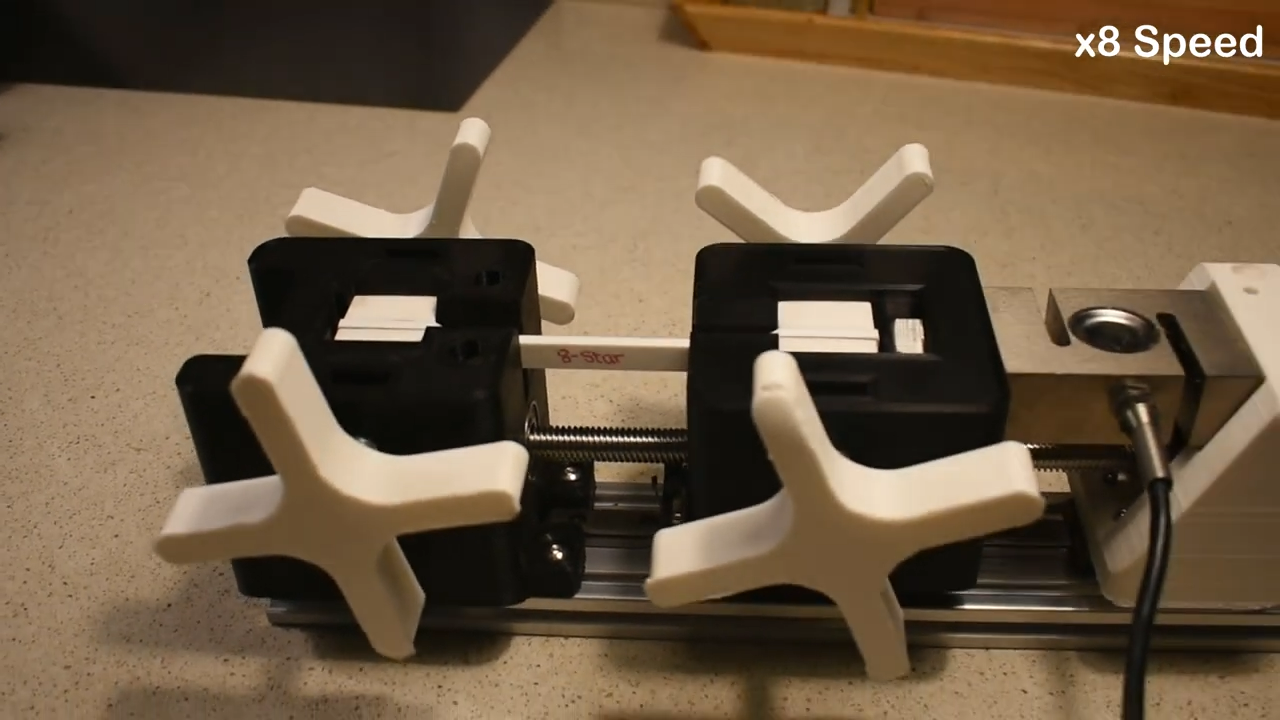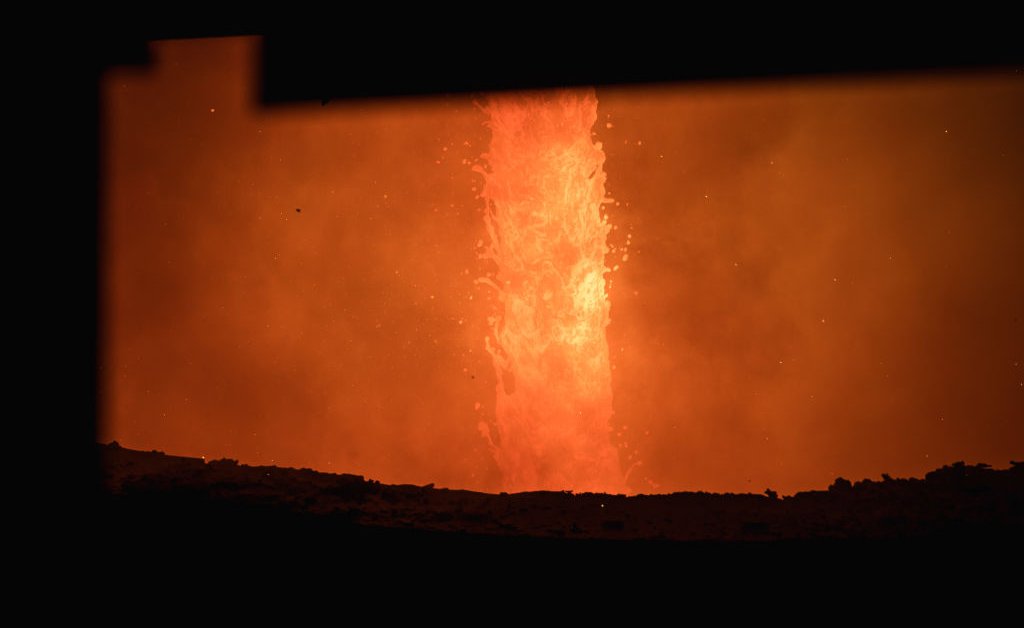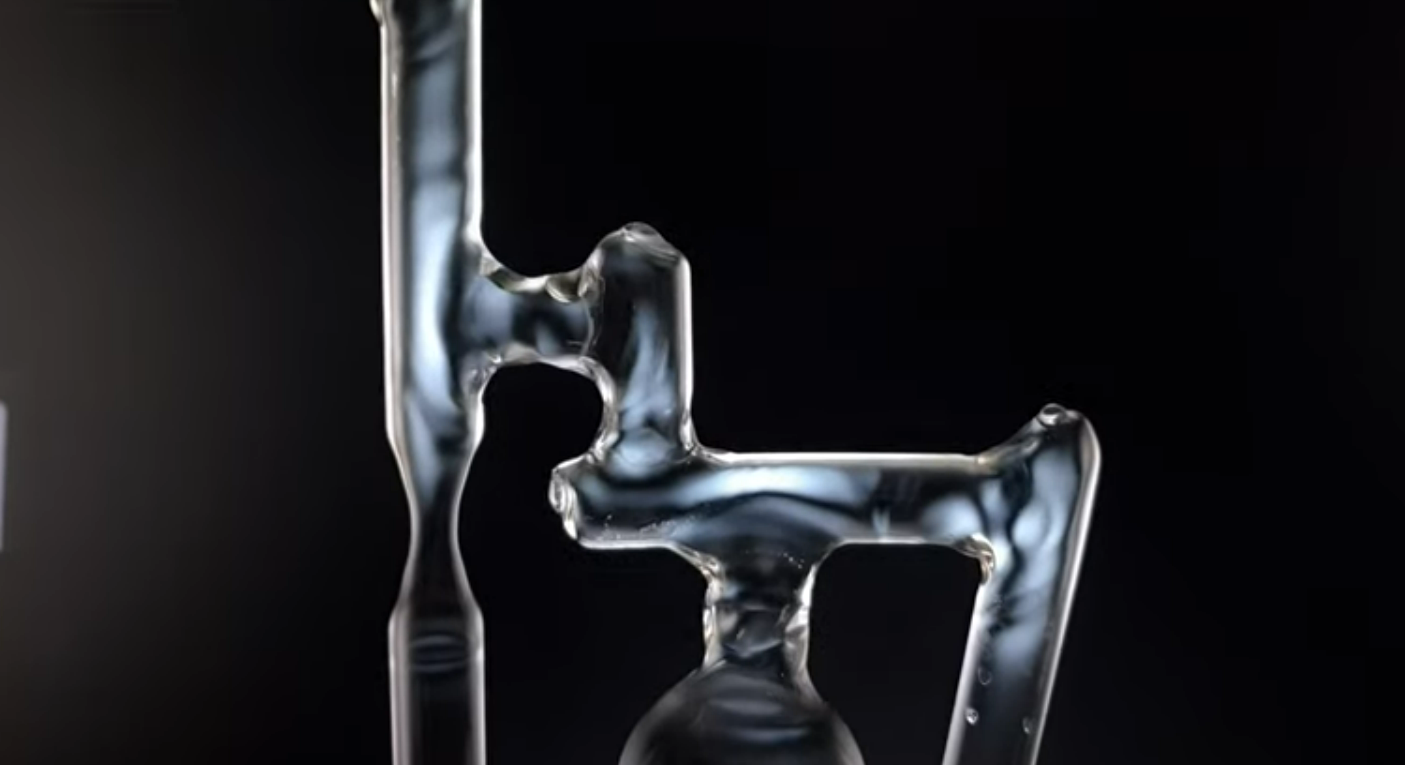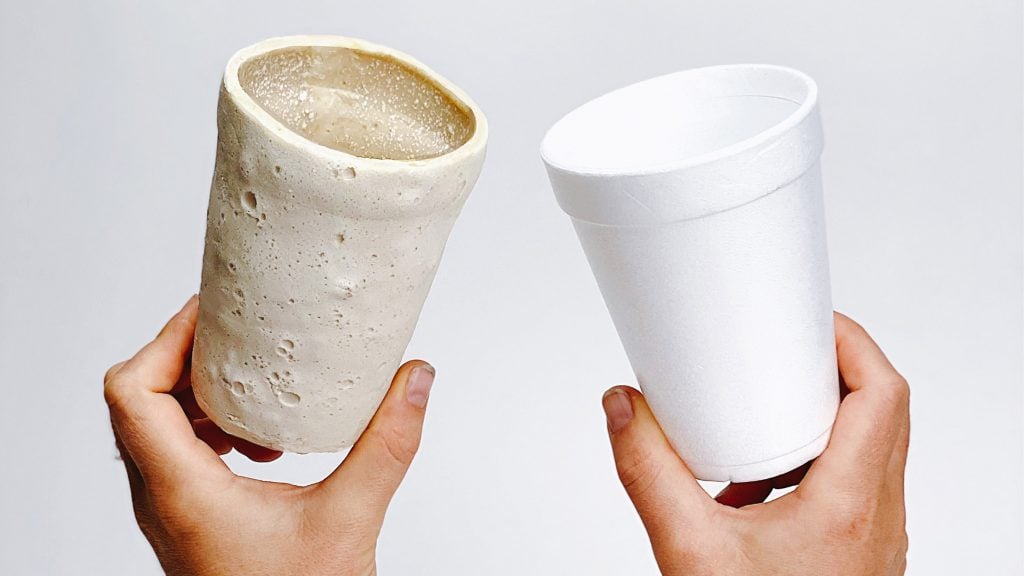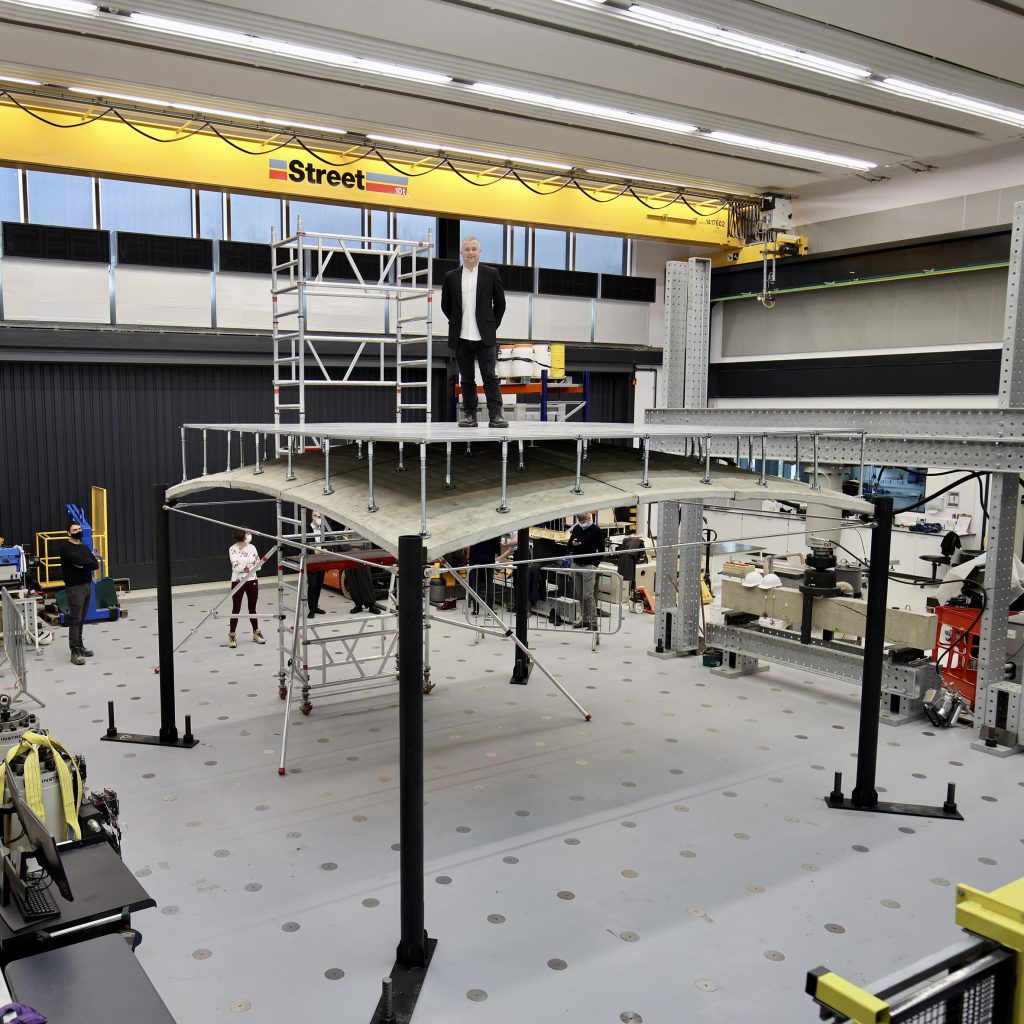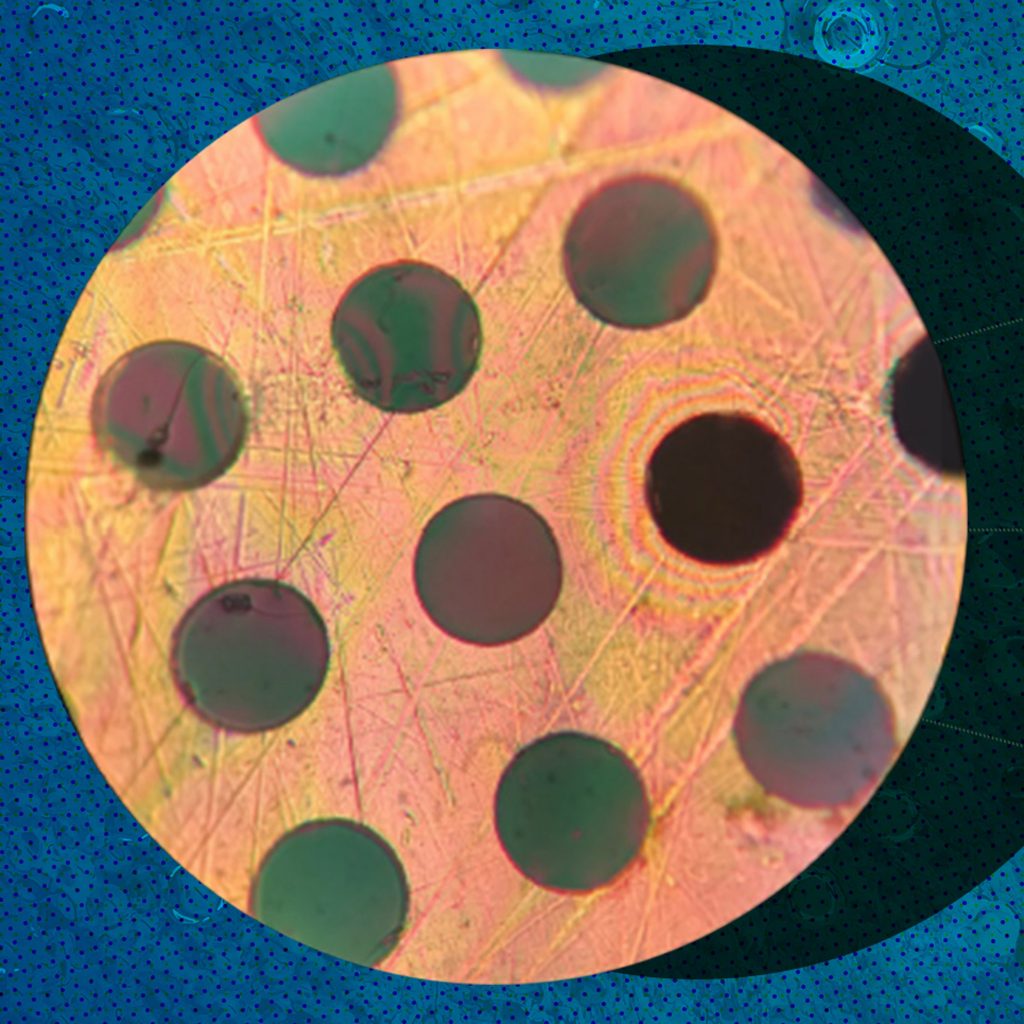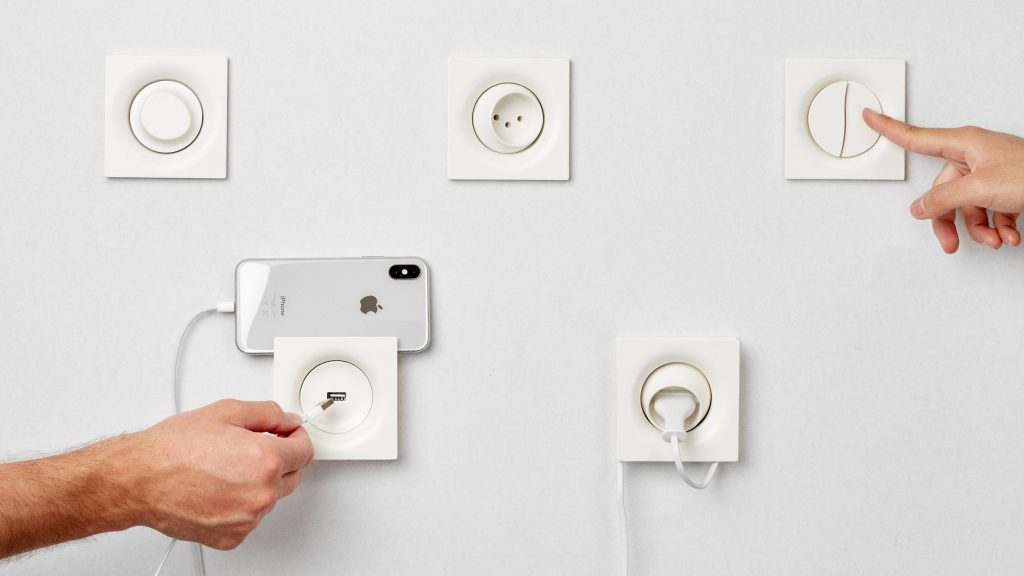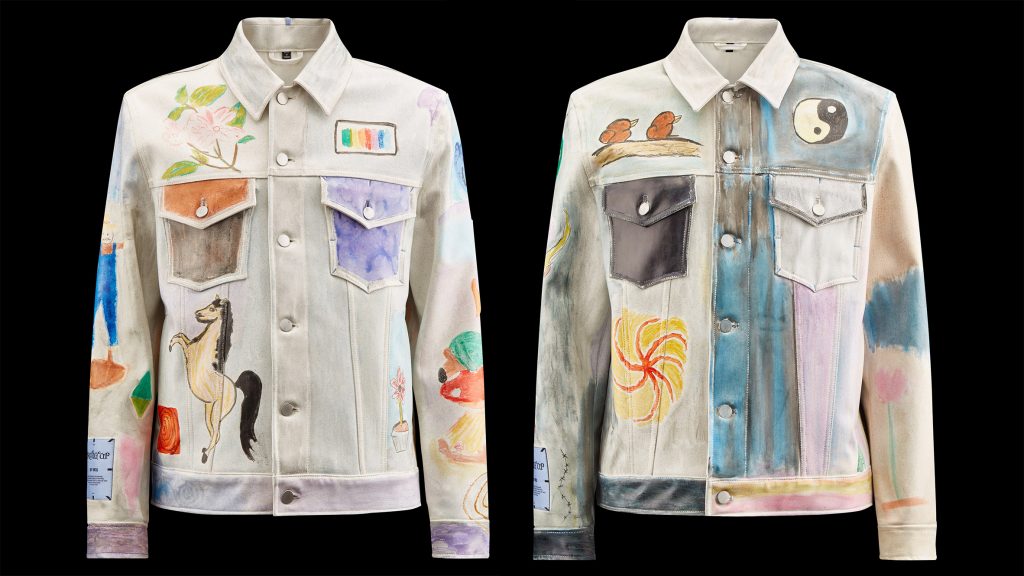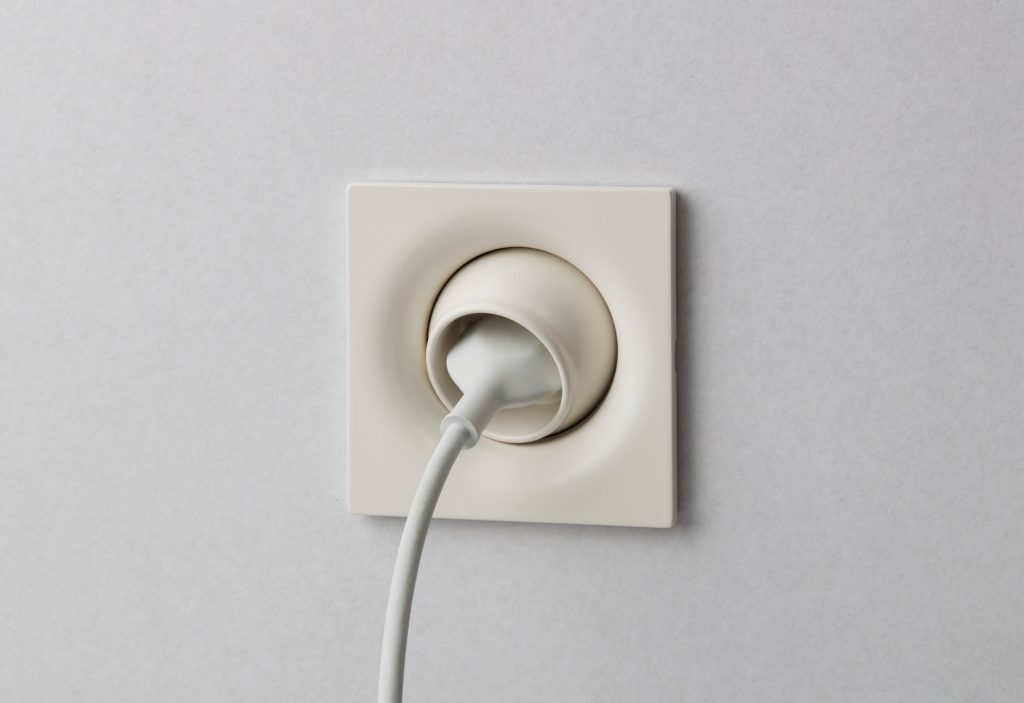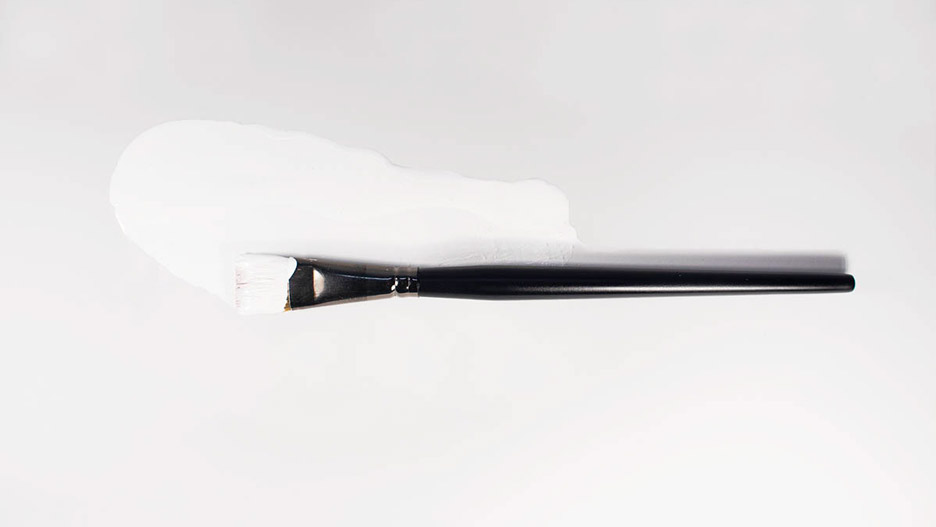#materials
Glyphosate Controversy: Bayer's Cover-Up
https://www.naturalhealth365.com/bayers-toxic-ploy-poisoning-farmers-while-posing-as-their-ally.html
Bayer, a multinational enterprise, claims to stand in solidarity with America’s hardworking farmers. However, the company’s latest public relations effort doesn’t align with those who grow our food.
The unsavory truth is that Bayer is selling toxic materials to the farmers we depend on for healthy food. This disconnect between Bayer’s public image and its actions raises serious questions about the company’s commitment to agricultural sustainability and public health.

#building #materials #germany
"Building materials, from straw to glass are combined to bring to life anything from a lowly cottage to the cathedrals reaching for the skies up above."
#bulding #materials #paderborn #germany
I found this in English but it is German. It concerns the geology of building materials in Paderborn, Germany. The print on my monitor is great, but by lower back hurts if I sit too long at my computer. I printed the 21 pages of the pdf and will continue reading it from the comfort of my bed. It will be like trying to digest a cow. But what I've read so far is very interesting - to me. I plan to post several excerpts in the future.
Calcareous nannofossils in medieval mortar and mortar‐based materials: A powerful tool for provenance analysis
November 2020 Archaeometry
https://www.researchgate.net/publication/345944066_Calcareous_nannofossils_in_medieval_mortar_and_mortar-based_materials_A_powerful_tool_for_provenance_analysis
The Modern World Can't Exist Without These Four Ingredients. They All Require Fossil Fuels
Four materials rank highest on the scale of necessity, forming what I have called the four pillars of modern civilization: cement, steel, plastics, and ammonia are needed in larger quantities than are other essential inputs. The world now produces annually about 4.5 billion tons of cement, 1.8 billion tons of steel, nearly 400 million tons of plastics, and 180 million tons of ammonia. But it is ammonia that deserves the top position as our most important material: its synthesis is the basis of all nitrogen fertilizers, and without their applications it would be impossible to feed, at current levels, nearly half of today’s nearly 8 billion people. ...
https://time.com/6175734/reliance-on-fossil-fuels/
Payall / broken JS: https://archive.ph/7FFlL
HN discussion: https://news.ycombinator.com/item?id=31395036
#VaclavSmil #Postcarbon #FossilFuels #Materials #GlobalWarming #ClimateChange #Limits #LimitsToGrowth #resources #Books
Doppelgänger creates polystyrene substitute from plastic-eating mealworms
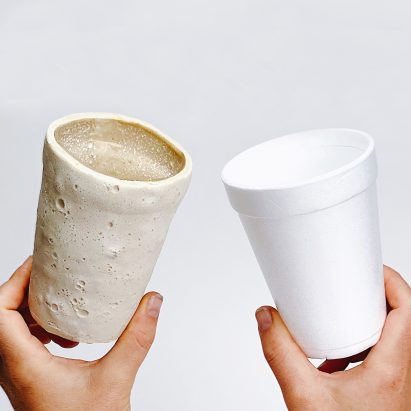
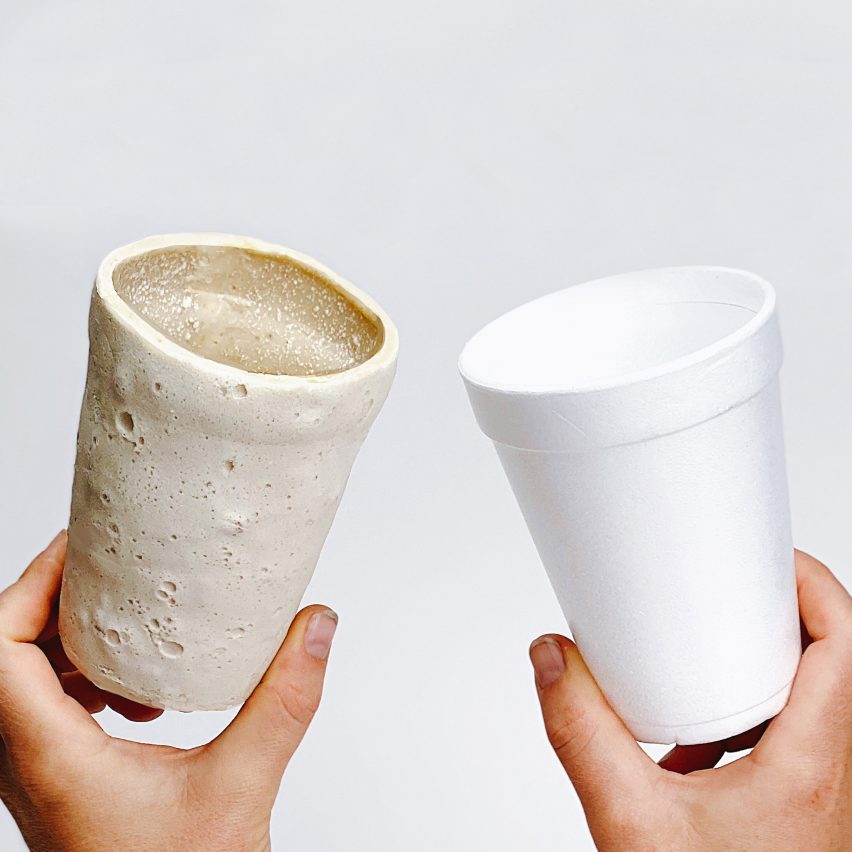
Charlotte Böhning and Mary Lempres of design duo Doppelgänger have developed a bioplastic version of polystyrene foam that is made from the exoskeleton of mealworms and breaks down in soil in a couple of weeks.
The material, called Chitofoam, is shock-absorbent, water-resistant and can be formed into cups, foam peanuts and other packaging, much like its fossil-based counterpart.
Doppelgänger created the bioplastic to offer a backyard-compostable alternative to traditional expanded polystyrene (EPS).
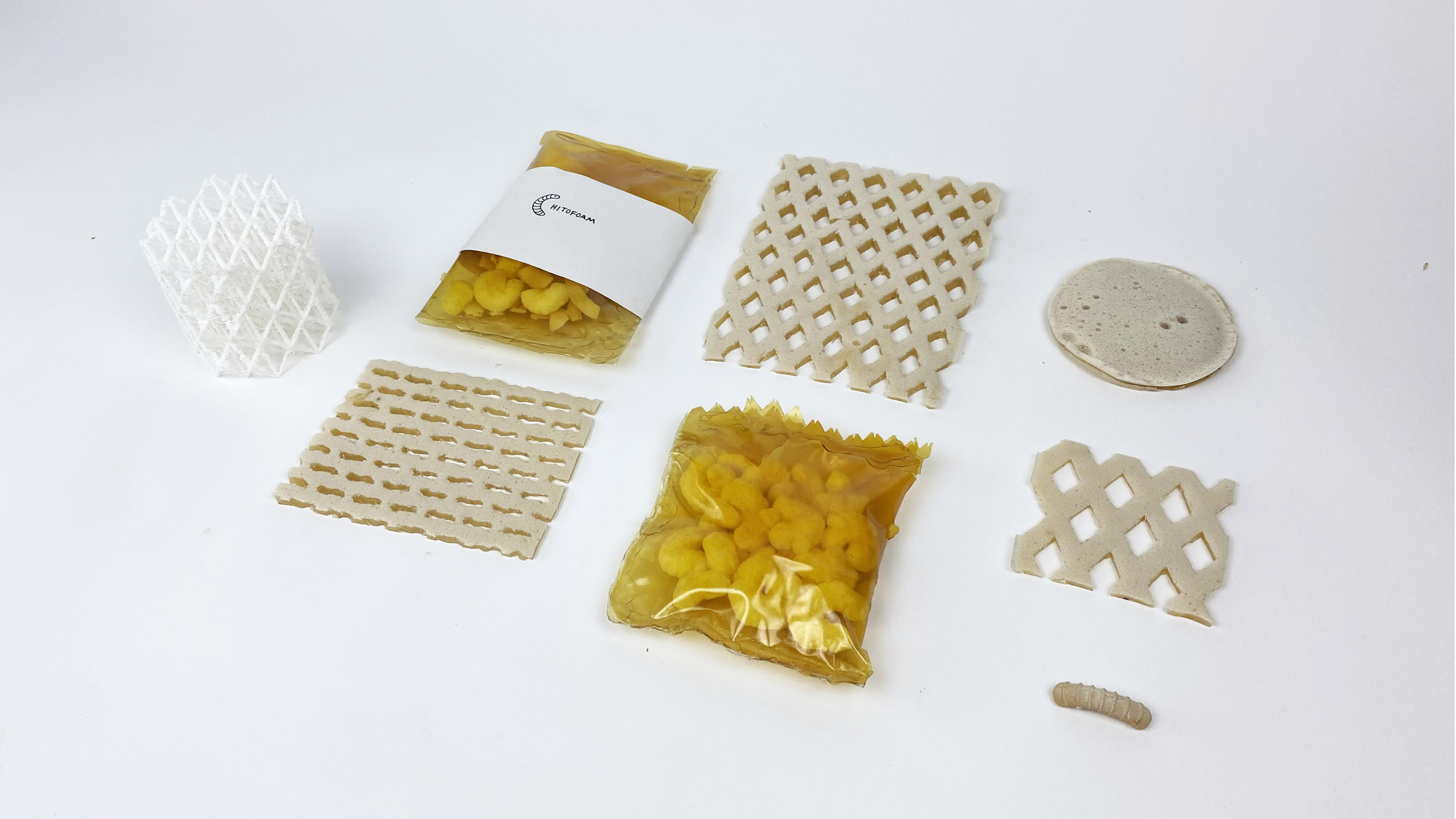 Chitofoam can be turned into cups (top image) and packaging materials (above)
Chitofoam can be turned into cups (top image) and packaging materials (above)
Regular EPS, of which Styrofoam is the most well-known brand, is difficult and uneconomical to recycle, meaning it ends up occupying around 30 per cent of the space in our landfills.
"At the end of its short life, polystyrene is not accepted by recycling centres and is undesired by landfills," Lempres told Dezeen. "It is a problematic plastic with no second life that affects future generations, our environment and our future earth."
While polystyrene is made from petroleum-based styrene, which the World Health Organisation has deemed a "probable carcinogen," Chitofoam is derived from a biopolymer called chitin, which mealworms use to build their strong yet pliable exoskeleton.
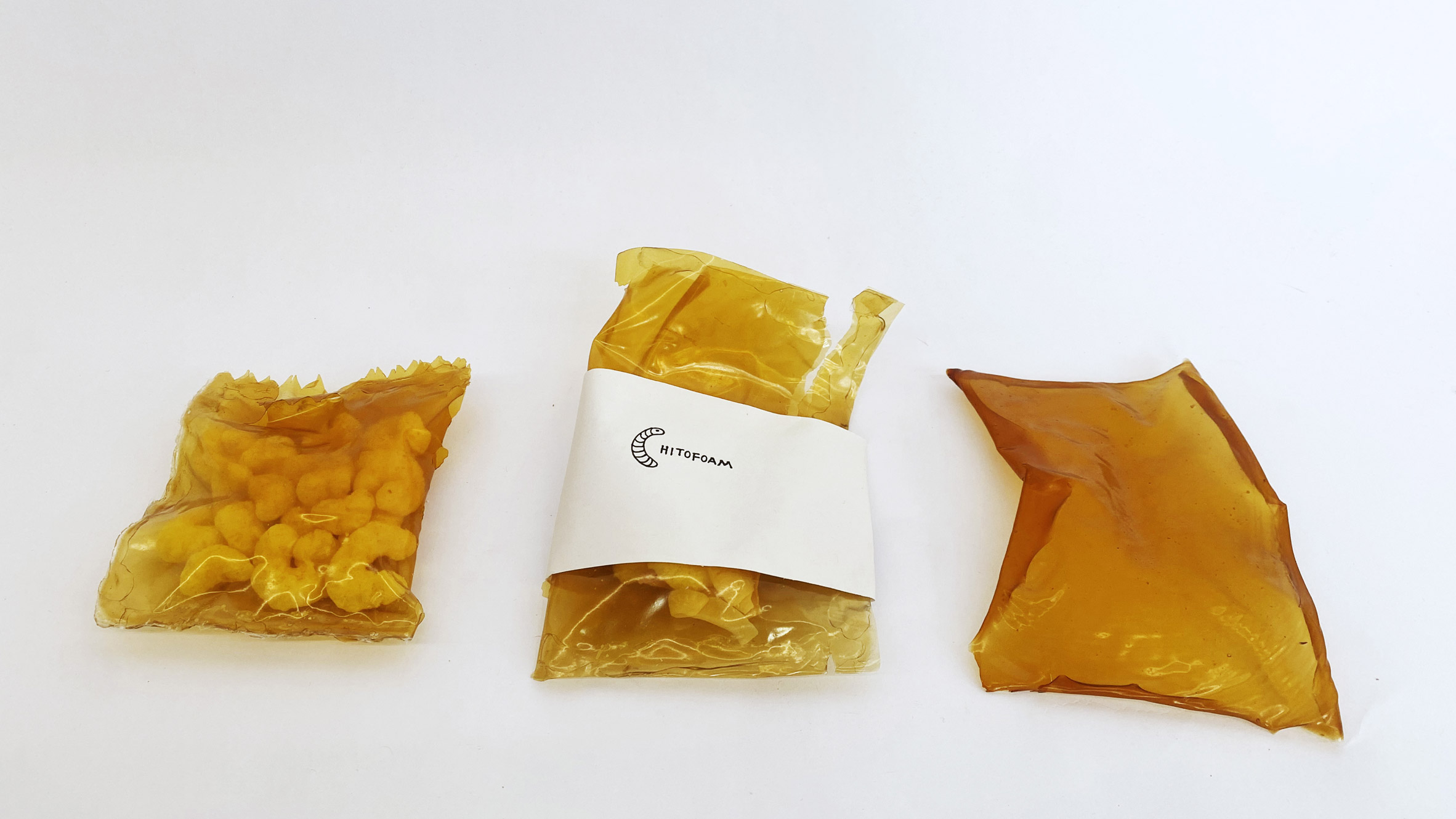 It can also be formed into packaging peanuts, much like traditional polystyrene
It can also be formed into packaging peanuts, much like traditional polystyrene
Doppelgänger says the bioplastic foam could be made from any mealworm – the larval form of the mealworm beetle – or other insect or crustacean with a chitin-rich shell, such as lobsters and beetles.
Böhning and Lempres made their version from the mealworms living in their own homemade biodigester, which the industrial design students developed to dispose of the polystyrene modelling foam and packaging used in their studio.
This harnesses mealworms' natural ability to digest and break down polystyrene using their gut bacteria, which was documented by researchers from Stanford University in 2015.
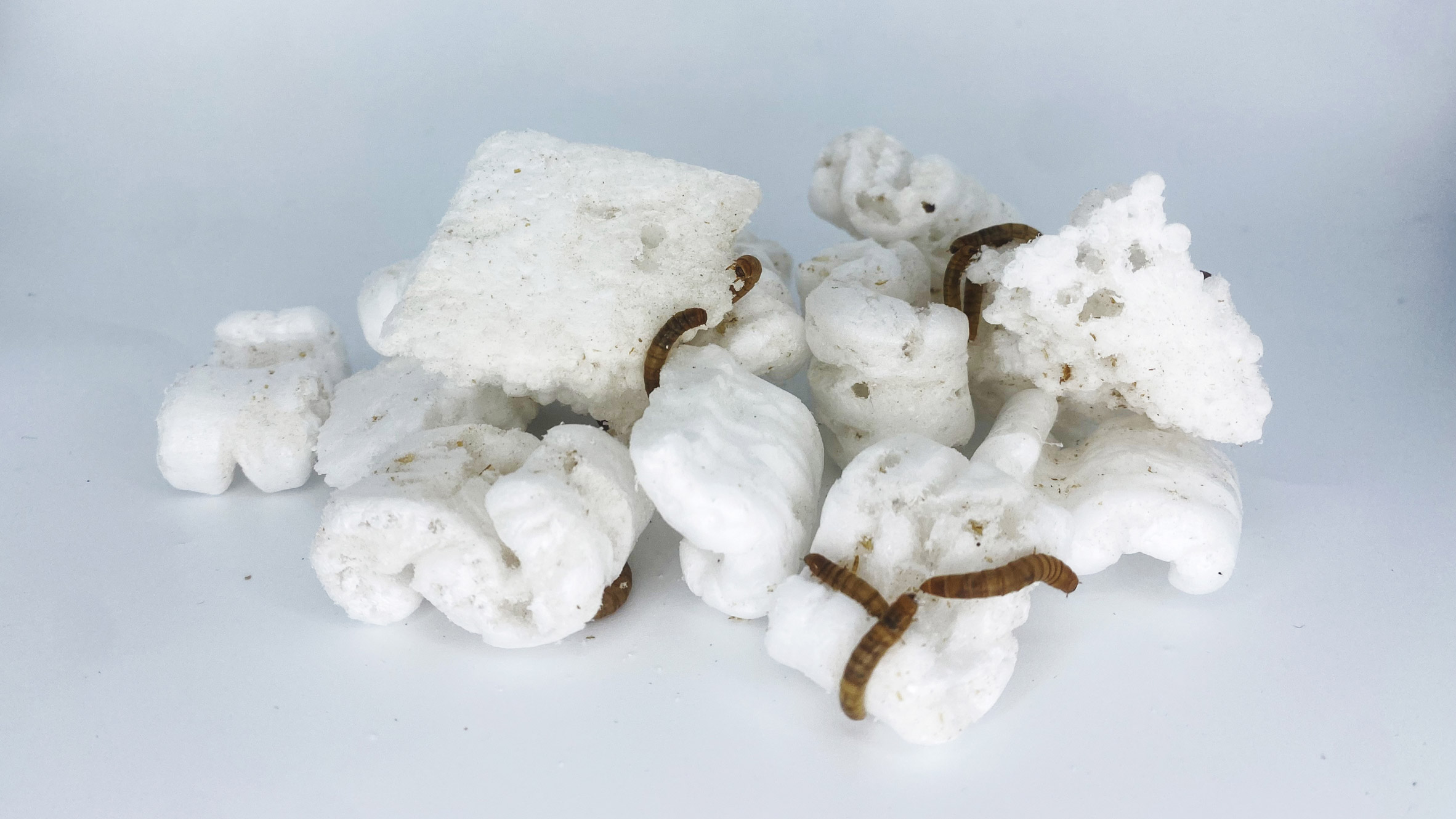 Mealworms can safely digest polystyrene plastic
Mealworms can safely digest polystyrene plastic
"It started off quite simply as a tank with 1,000 mealworms in which we put our waste foam, a material that is unfortunately abundant in design school," Böhning said. "It has gradually grown to include tiered-drawers and many more worms."
"The mealworms can help divert polystyrene waste from landfills and natural environments," she continued. "They can safely and efficiently digest the polystyrene foam with no ill effects on their own health."
With Chitofoam, Doppelgänger aims to show that the little bugs could be used not just to degrade existing polystyrene waste but also to create a bioplastic alternative to it.
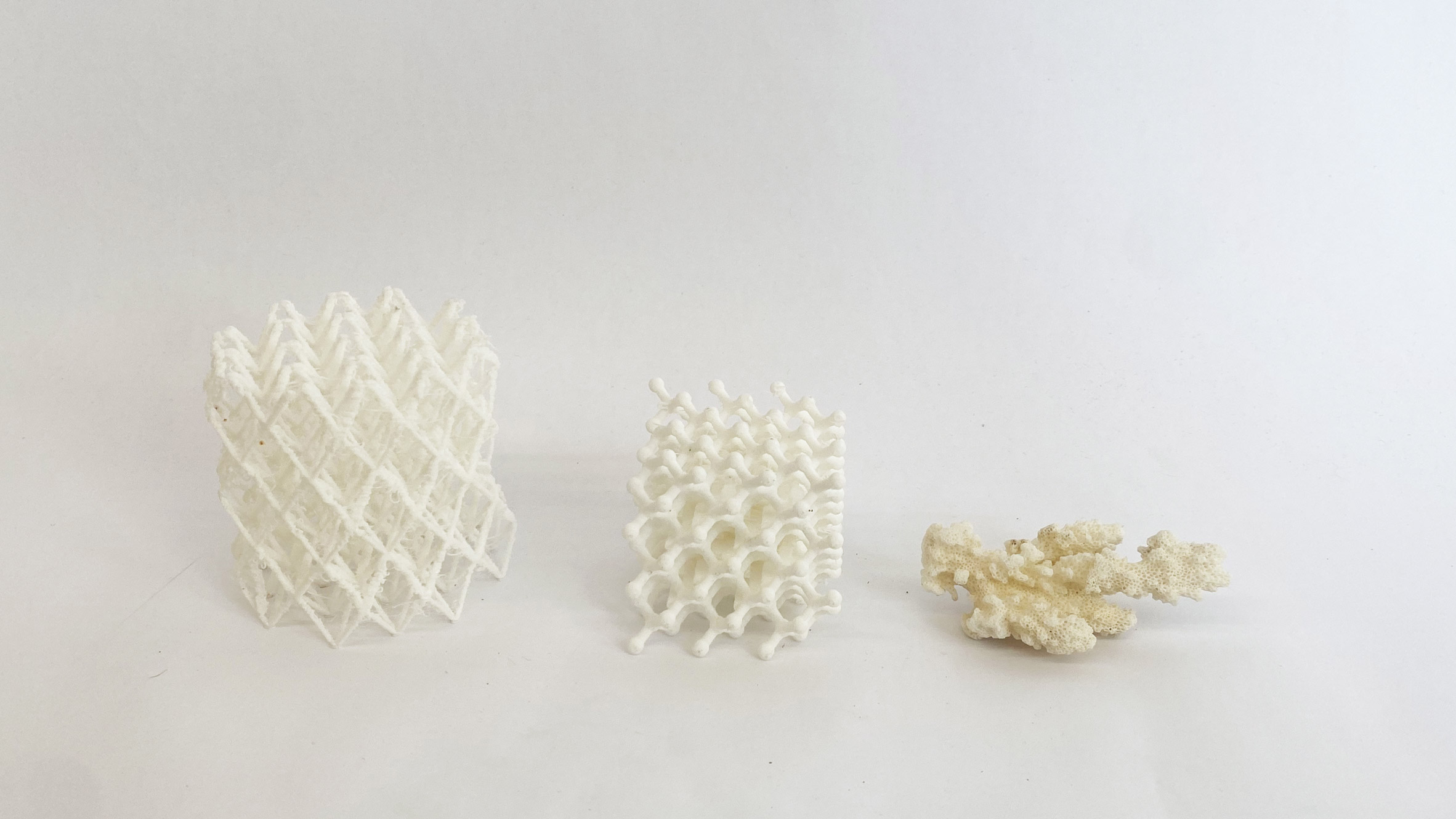 Doppelgänger has modelled the packaging on the shape of coral
Doppelgänger has modelled the packaging on the shape of coral
Once the mealworms have reached the end of their life, the designers collect them from the biodigester and extract the chitin from their exoskeletons by treating them with an alkaline solution, in a process known as deacetylation.
This powdered chitin derivative called chitosan is then dissolved in citric acid, mixed with a waste-derived biopolymer that the studio is keeping under wraps until its patent application has been granted.
Vigorous shaking ultimately gives the mixture its characteristic foamy consistency, which Doppelgänger says is more flexible and elastic than traditional expanded polystyrene while having natural antifungal and antimicrobial properties.
[ 
Read:
The Dezeen guide to bio-based materials in architecture, design and interiors
](https://www.dezeen.com/2021/12/09/dezeen-guide-biomaterials-architecture-design-interiors/)
Chitofoam can be cast or injection-moulded into shape, much like Styrofoam, but Böhning and Lempres are currently still testing whether the material has the same thermal insulation properties that would allow it to be used to store hot foods and drinks.
As Chitofoam is a thermoplastic it can be melted down and reformed into new products, or placed in soil where it decomposes in two to three weeks.
Doppelgänger says the material has a "high biocompatibility and very low toxicity". But some experts have raised concerns about whether the acidity of bioplastics could throw off the ph balance of soil and water.
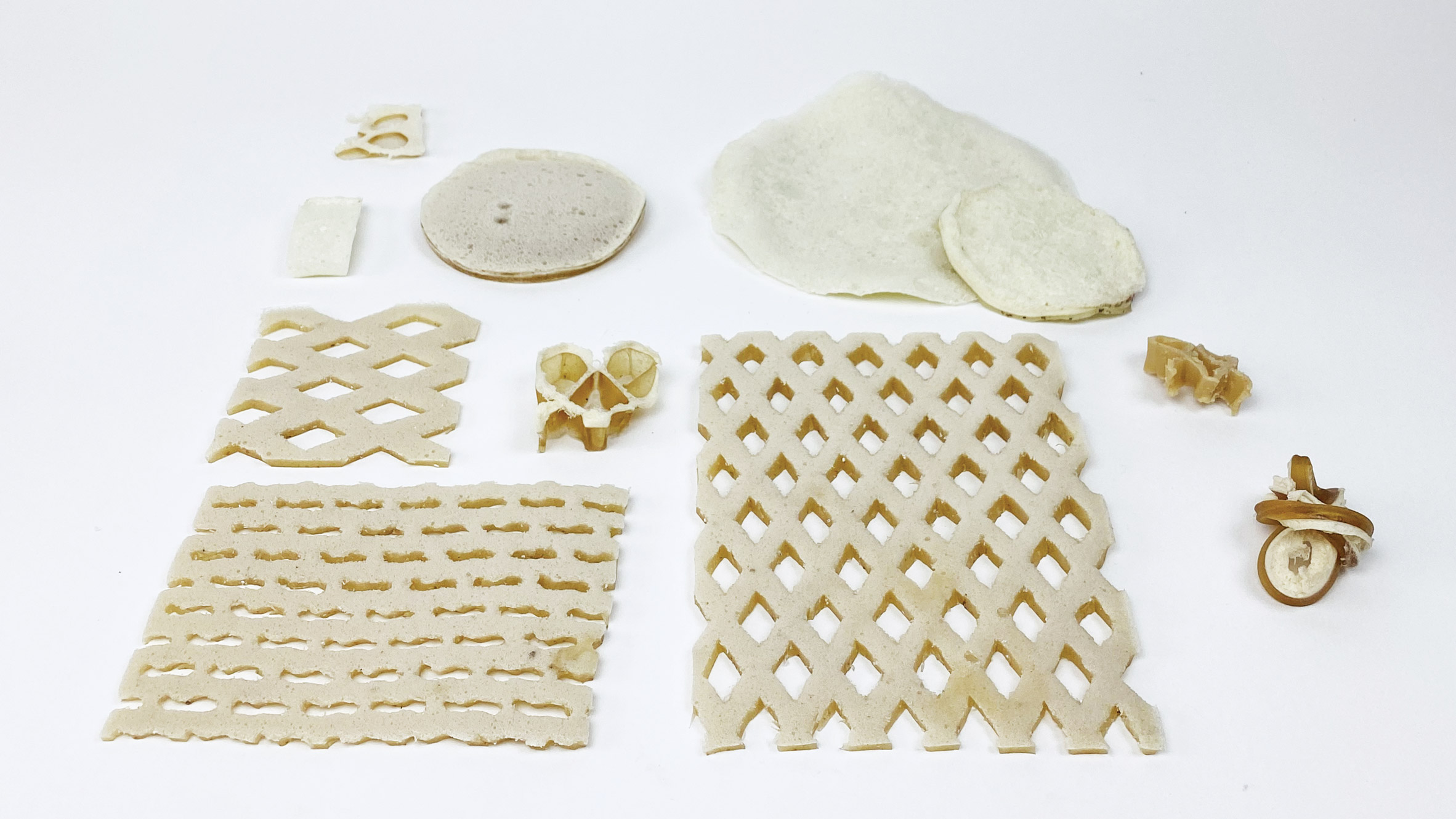 The material has shock-absorbent properties thanks to its foamy texture
The material has shock-absorbent properties thanks to its foamy texture
Chitofoam is one of six projects shortlisted for this year's Lexus Design Award, with the winner set to be decided later this spring.
Until then, Doppelgänger is working to further progress the project with the help of a £19,000 budget and guidance from a group of four mentors including designer Sabine Marcelis and Yosuke Hayano of Beijing architecture firm MAD.
The studio's plan is to develop a food product from the protein-rich, plastic-eating mealworms, which would then be packaged in the mealworm bioplastic.
 The material could be used as a substitute to traditional polystyrene packaging
The material could be used as a substitute to traditional polystyrene packaging
"Mealworm farming has been highlighted in recent years as an environmentally sustainable solution to malnutrition, particularly in developing rural economies," the studio said.
"Growing edible mealworms is affordable, low-resource and space-efficient. The resultant food source is twice as protein-efficient as beef with zero methane emissions."
In this way, the designers say the mealworms could eventually help to tackle two sustainable development goals at the same time, providing food security and fighting pollution.
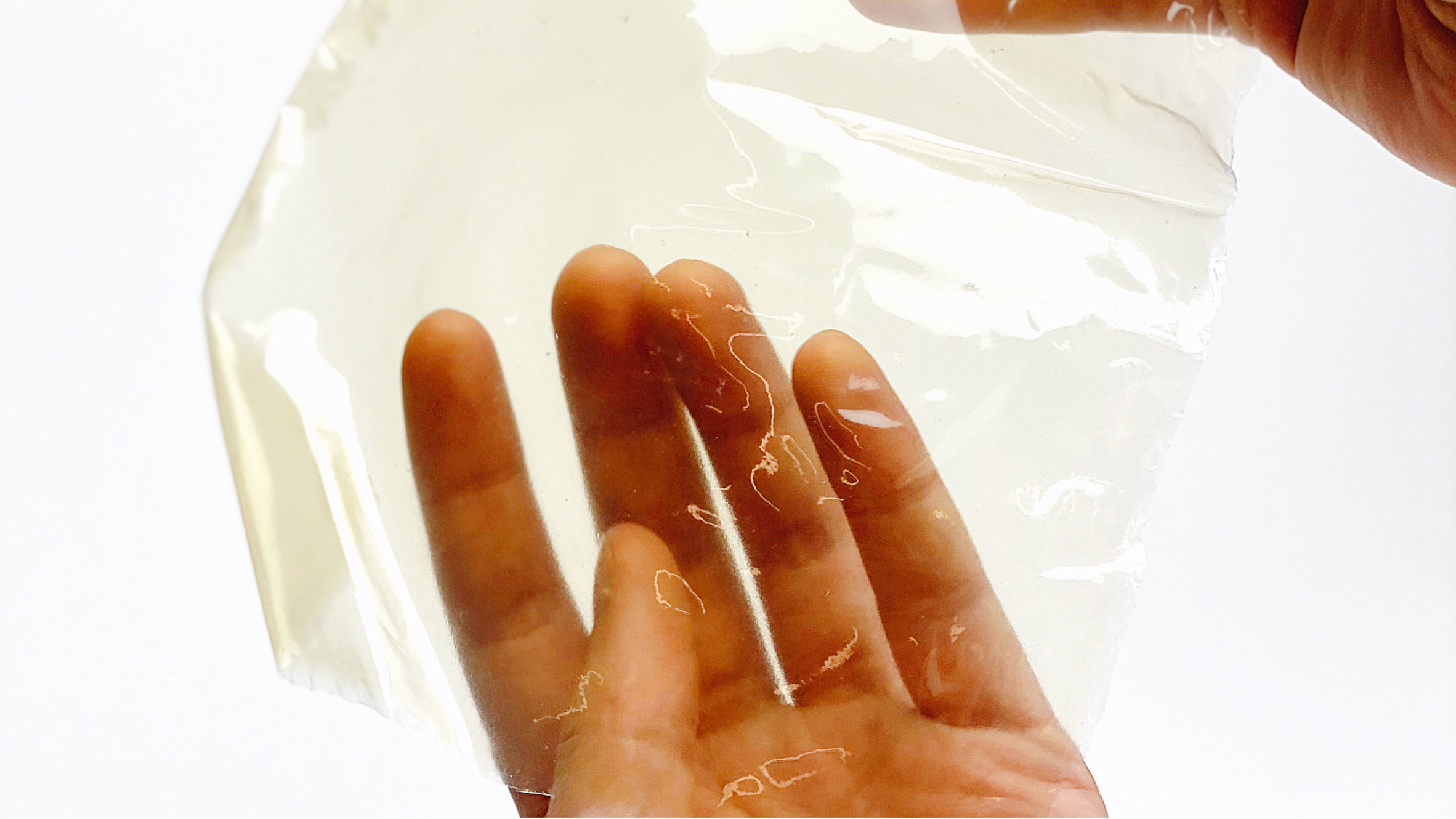 Chitin can also be turned into a bioplastic film
Chitin can also be turned into a bioplastic film
Early studies have shown that mealworms that have digested polystyrene can still be used to feed other animals, but more research is necessary on whether they could safely be eaten by humans and whether they could be used to break down plastics at a mass scale.
As the mealworms digest the polystyrene, around half of the fossil carbon that was stored in the plastic is also emitted into the atmosphere as CO2, which could contribute to global warming.
The chitin found in their exoskeletons has been much more widely studied and already turned into a range of different materials including a leather alternative and a bioplastic film.
The post Doppelgänger creates polystyrene substitute from plastic-eating mealworms appeared first on Dezeen.
#all #design #materials #products #technology #plastic #insects #packaging #bioplastic #recycling #polystyrene #doppelgänger
ICON and Lake Flato build 3D-printed House Zero in Austin
![]()
![]()
Construction technology outfit ICON and architecture studio Lake Flato have completed a 3D-printed, modern ranch-style home in Austin to be displayed during the SXSW festival.
ICON, the company to first sell ready-to-own 3D homes in the US, worked with San Antonio and Austin-based architecture studio Lake Flato to design House Zero.
![]() ICON worked with Lake Flato Architecture studio to 3D print House Zero
ICON worked with Lake Flato Architecture studio to 3D print House Zero
The home is sited in a single-family residential neighbourhood in East Austin, Texas, and was built using ICON's Vulcan construction system.
The system uses 3D printing, a technology that dispenses layers of material mechanically based on a computer program, to lay the walls of the 2,000-square-foot (186-square-metre) home. The 3D-printed wall aspects took 10 days to print.
"House Zero is ground zero for the emergence of entirely new design languages and architectural vernaculars that will use robotic construction to deliver the things we need most from our housing: comfort, beauty, dignity, sustainability, attainability, and hope," said Jason Ballard, co-founder and CEO of ICON, in a release.
![]() House Zero has walls made of ICON's proprietary material Lavacrete
House Zero has walls made of ICON's proprietary material Lavacrete
Reinforced by steel, the walls are printed with a proprietary material ICON calls Lavacrete – a cement-like substance that is air-tight while also providing increased insulation.
"We let the Lavacrete lead the way," Ashley Heeren, associate architect for Lake Flato, told Dezeen. "We could then use other materials in ways that were not only honest to their nature but also supported and complemented the concrete".
![]() Lavacrete is a cement-like material used in ICON's 3D printing
Lavacrete is a cement-like material used in ICON's 3D printing
"While the organic nature of the 3D-printed concrete and curved walls are new design languages for us, House Zero was still entirely in line with the natural connections we seek in our architecture," said Heeren continued.
"The home expresses our shared passions for craft and performance in an inviting and comfortable family home constructed through a totally new way of building".
![]() The smooth Lavacrete walls are present in most of the home's rooms
The smooth Lavacrete walls are present in most of the home's rooms
According to ICON, the home was built using biophilic design principles, claiming that the soft curves of the 3D-printed support walls create "naturalistic circulation routes throughout the home".
In addition to being able to build houses faster, the technology could mean that homes like this could be built at lower cost.
[ 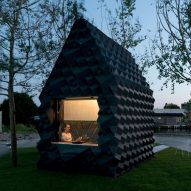
Read:
Seven 3D-printed houses that have been built around the world
](https://www.dezeen.com/2021/05/14/seven-3d-printed-houses-around-world/)
House Zero has three bedrooms with two and a half baths, along with a one bed and bath accessory dwelling unit. While the exterior walls are composed of the soft lines of the Lavacrete, many of the interior walls, ceiling, and rafters are made of wood.
"It’s regional and sensible and welcoming so, in that way, it’s what a really good mid-century ranch house wants to be," said Lewis McNeel, associate partner at Lake Flato. "And yet the new technology has freed it from rigid stylistic definitions and easy labels."
![]() The 3D-printed walls were reinforced with steel
The 3D-printed walls were reinforced with steel
The living space at the front of the home is surrounded by the semi-circular Lavacrete walls punctuated by glass that provides views of the street. The flat roof is supported by rafters that run the width of the home and cantilever into awnings.
ICON does not currently have plans to sell House Zero, the company told Dezeen, but instead will use it as a place to bring "partners, architects, organisations, developers, and showcase the future of homebuilding".
The building was completed in time for the SXSW festival, which takes place in Austin from 11-20 March 2022.
![]() ICON uses its Vulcan construction system to 3D print homes
ICON uses its Vulcan construction system to 3D print homes
In terms of sustainability, McNeel said that both the insulation properties and the cutting down of material used makes it a viable option.
"You can eliminate a number of separate materials and construction steps on a job site if you can print the equivalent of cladding, sheathing, thermal breaks, formwork for structure and interior finish all in one pass of the printer," he said.
3D-printed houses have been gaining in popularity worldwide and even beyond.
ICON has been active in this push, working with designers like Yves Behar to create a 3D-printed community in Latin America as well as with BIG and NASA to plan buildings for the moon.
The photography is byCasey Dunn.
The post ICON and Lake Flato build 3D-printed House Zero in Austin appeared first on Dezeen.
#all #architecture #residential #materials #technology #usa #3dprinting #texas #austin #3dprintedhouses #lakeflato #icon
Meng Du creates Unwasted bags from grape leather


The Unwasted collection of bags by Chinese designer Meng Du are made with an alternative leather produced from leftover grape skins.
Du created the bags from grape marc, a byproduct of wine production. Grape marc contains the skins, pulp, pips and stems of the fruit that are left after it has been pressed for wine.
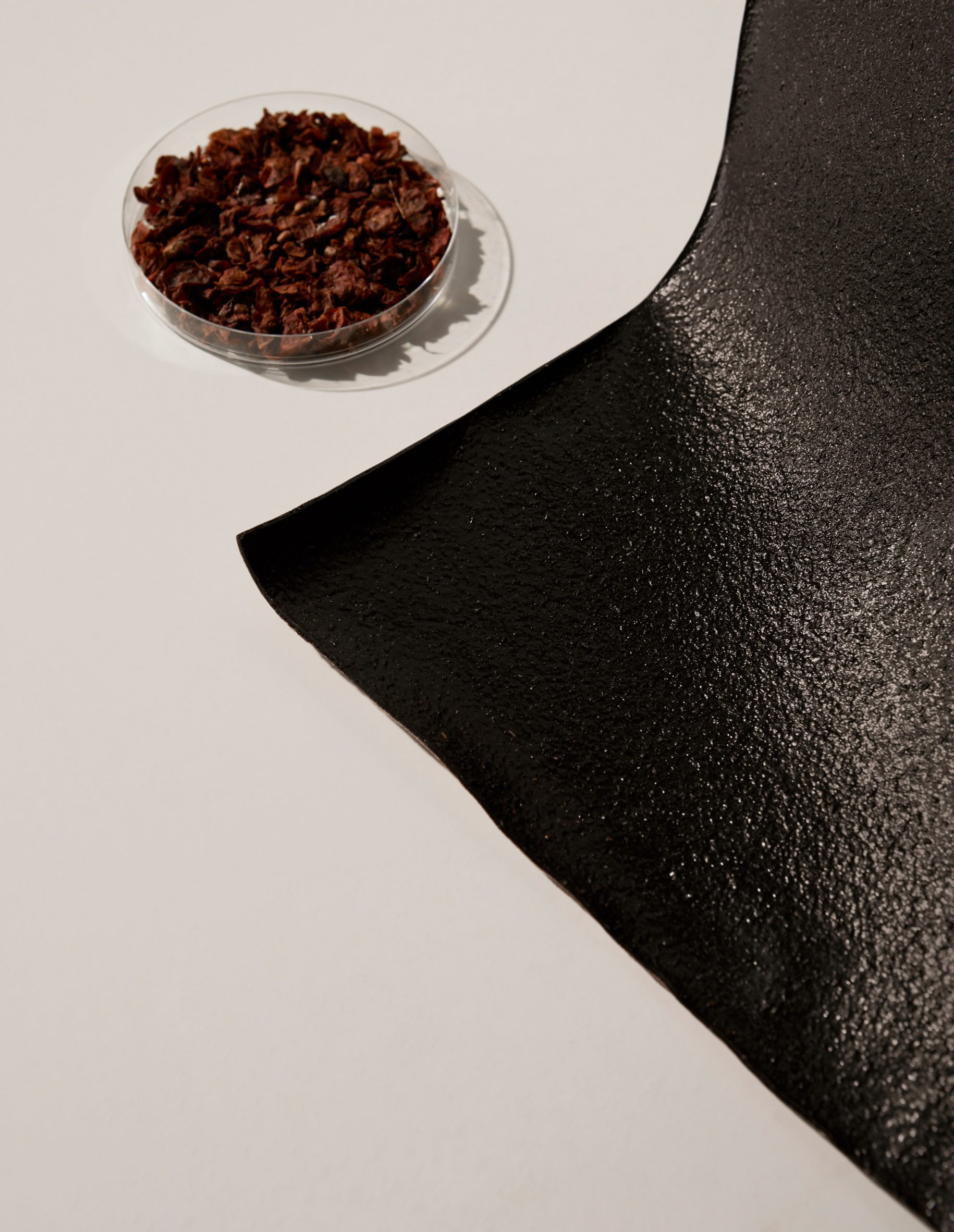 Unwasted bags are made from leftover grapes. Photo is by Osman Tahir
Unwasted bags are made from leftover grapes. Photo is by Osman Tahir
Du sourced the alternative leather material from Planet of the Grapes, a French producer of materials and natural dyes made from waste grape skins.
The company produces the textile by collecting grape marc from vineyards in France and drying it under natural sunlight. It is then ground into a powder and blended with natural ingredients to create a liquid, which is poured onto a fabric of natural stem fibres and left to dry again.
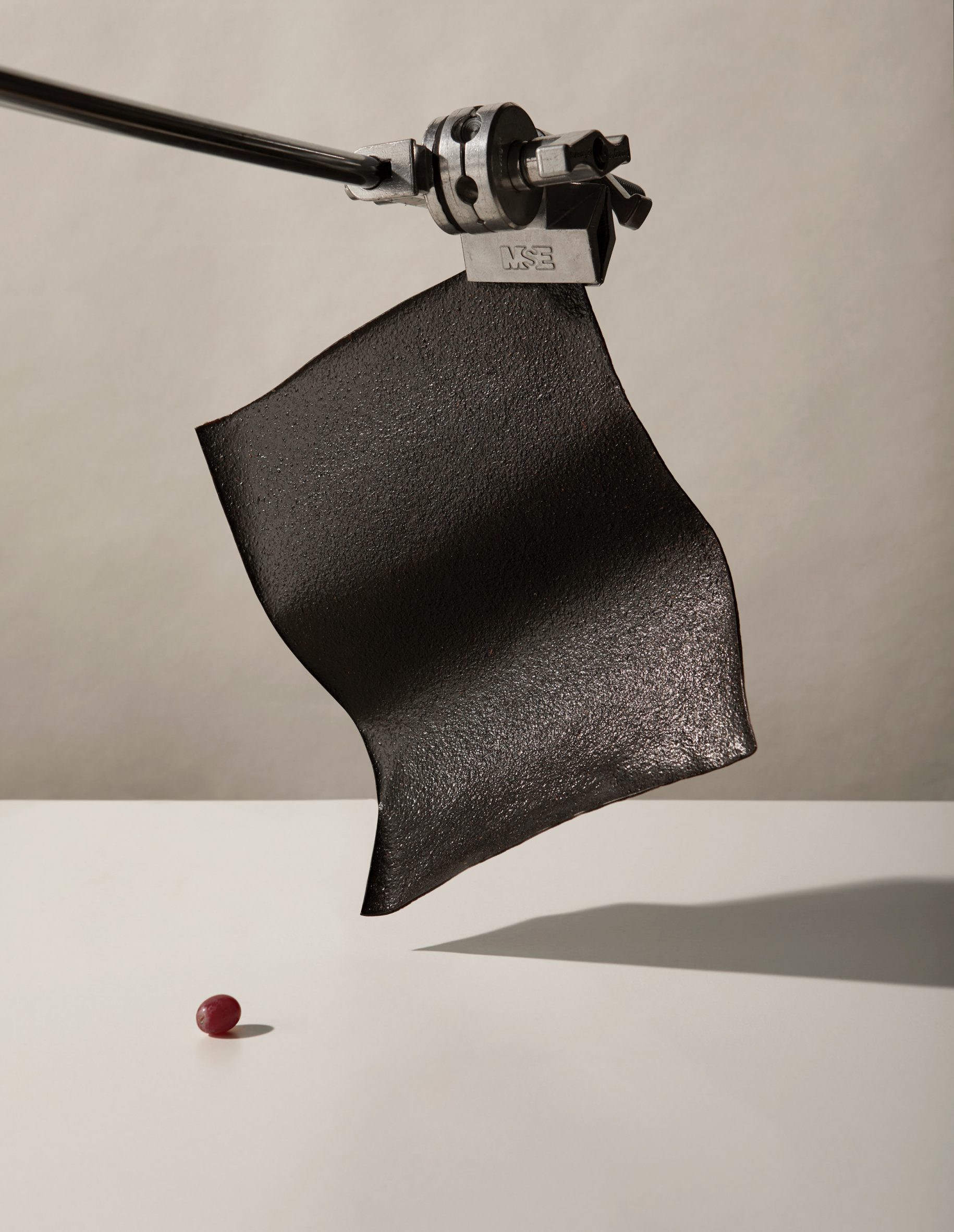 The material is a byproduct of the wine industry. Photo is by Osman Tahir
The material is a byproduct of the wine industry. Photo is by Osman Tahir
"The entire process takes around four or five weeks, as it starts off with the spreading out and the drying all of the grapes in the sunshine for a couple of weeks," Sam Mureau, co-founder of Planet of the Grapes, told Dezeen.
"After the grapes are truly dried out they are then used to make the grape leather and then once transformed into sheets of material they are left to air dry, which again takes two or three weeks depending on the time of year," she said.
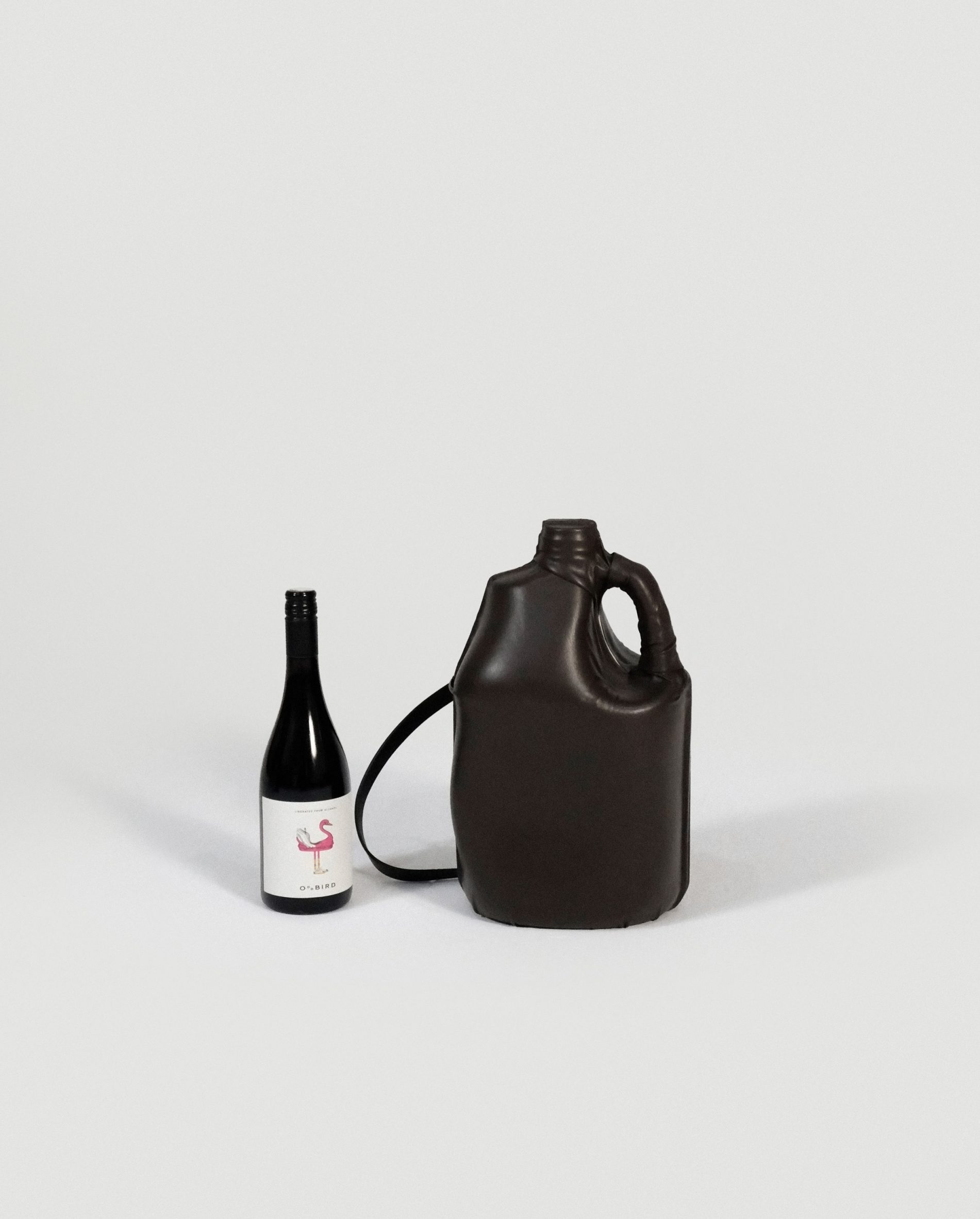 Du shapes the alternative leather over her 3D-printed designs
Du shapes the alternative leather over her 3D-printed designs
According to Du, the supple, lightweight material has a lightly textured feel that is reminiscent of the real fruit's texture.
"You can feel the broken down pomace under your fingers and it reminds you from where it came, and that's what adds the character to the material," the designer told Dezeen.
"The material is lightweight and flexible and it has a really natural lustre to it and each piece is unique," Du continued.
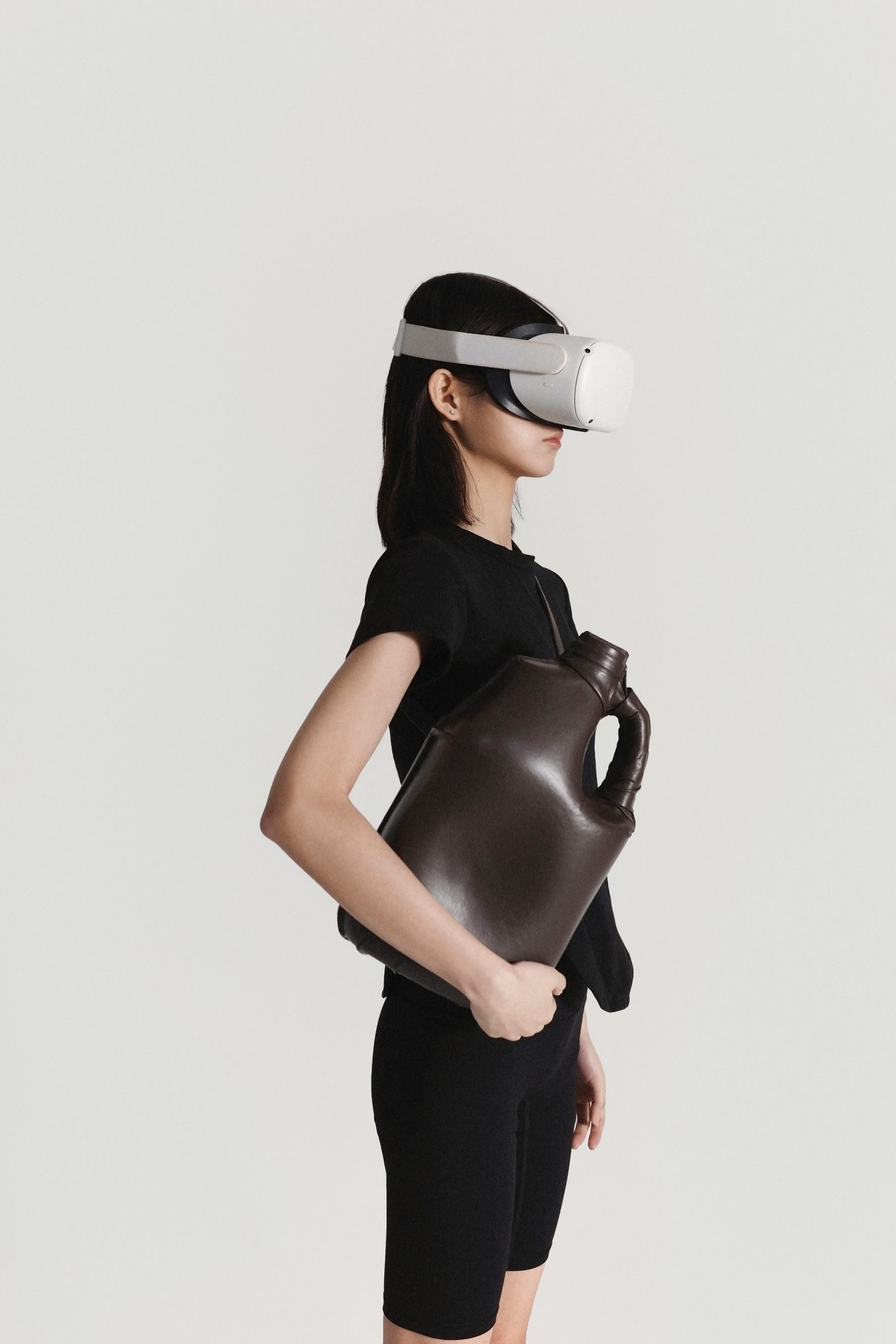 The bags come in two irregular shapes
The bags come in two irregular shapes
The collection contains two bags: Unwasted Merlot, a larger bag designed to look like a squashed plastic milk carton; and Unwasted Chardonnay, a smaller pack-style bag that resembles a tin can.
Du says that these shape choices are intented to draw attention to the importance of recycling.
[ 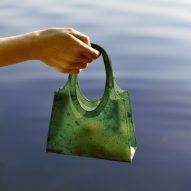
Read:
Sonnet155 is a "temporary handbag" made from discarded fruit peels
](https://www.dezeen.com/2021/04/27/sonnet155-lobke-beckfeld-johanna-hehemeyer-curten/)
"I found that beverage cartons and cans are often squeezed into strange shapes when they are recycled and to me, this imperfection illustrates the value of a second life," said Du.
"We called the concept Incognito - meaning that an item doesn't look the way you think it will: although it looks like a squashed beverage carton, it is actually a fashion product. And though it looks like it’s leather, it's actually made of grapes," she added.
 Around 1,200 grapes were used for the Merlot bag
Around 1,200 grapes were used for the Merlot bag
Around 1,200 grapes are used to create enough material for the large shoulder bag – the equivalent of 0.5 square metres of leather.
Du shapes the leather over a 3D-printed mould by hand in a lengthy process that takes two days for the larger bag and around 30 hours for the smaller bag. The inner lining of both is made from organic cotton.
Every year, approximately 290 million hectolitres of wine is produced around the world, but most of the grapes used in the process are then discarded and left to waste.
Du hopes that these bags will solve some of this waste problem and also encourage consumers to reconsider how their belongings are made.
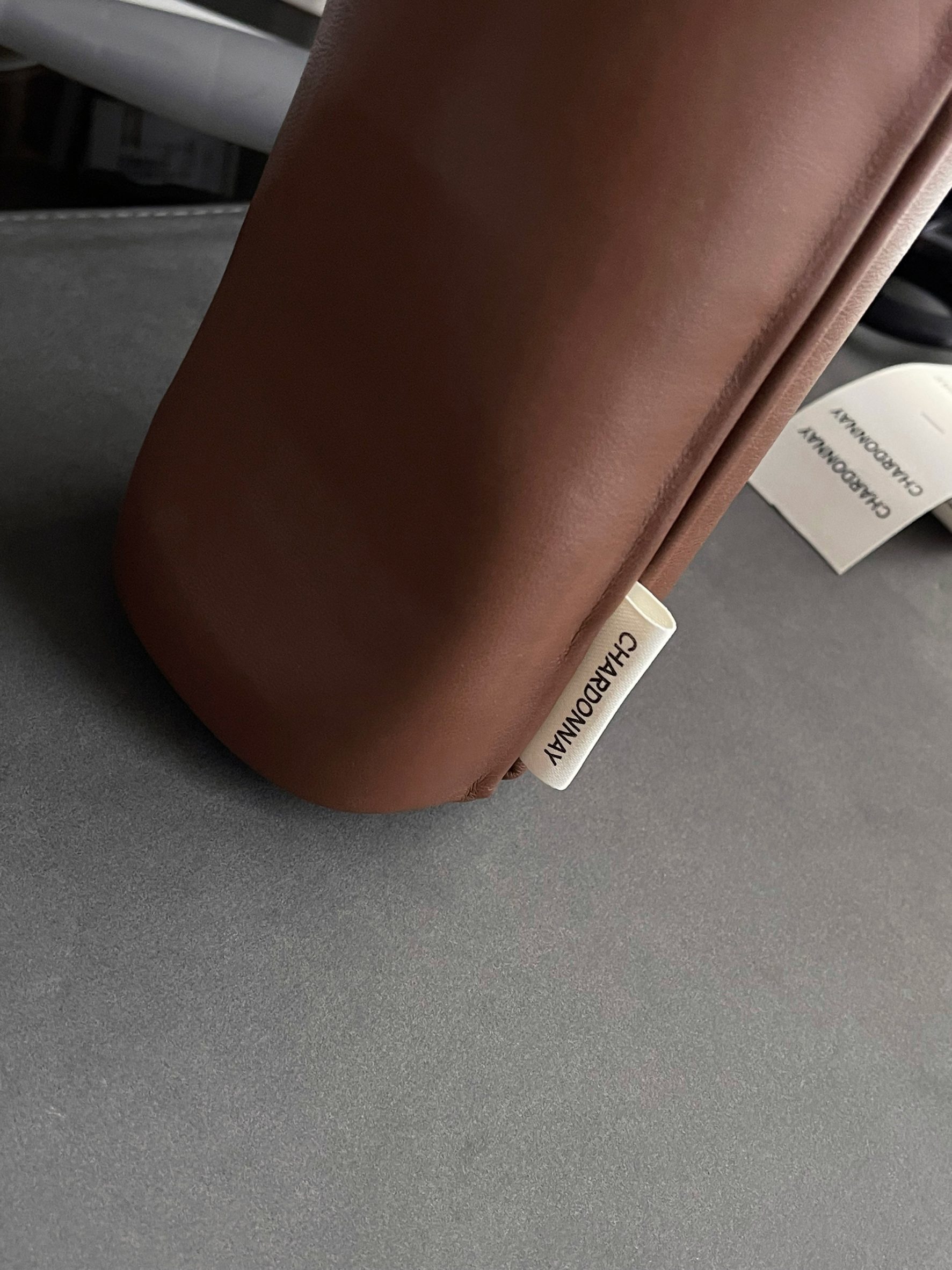 The Chardonnay bag is shaped like a tin can
The Chardonnay bag is shaped like a tin can
"The audience interested in this kind of product may be niche, but hopefully we are moving towards making long-term investments in something more meaningful than the casual fast fashion purchase," said the designer.
The bags are created in partnership with Swedish wine producer OddBird, and are currently available to pre-order ahead of on-demand production later in the year.
There is a growing trend for using fruit waste to create handbags or accessories and grapes aren't the only fruit that can be used. Banana peels were used by textile designer Youyang Song to create Peelsphere, a waterproof material for bags and accessories.
Berlin design students Lobke Beckfeld and Johanna Hehemeyer-Cürten developed Sonnet155, a translucent bag that dissolves in water made from discarded fruit peels.
The photography is by Meng Du unless otherwise stated.
The post Meng Du creates Unwasted bags from grape leather appeared first on Dezeen.
#all #design #fashion #products #bags #materials #accessories #leatheralternatives #biomaterials
New concrete vaulted floor suggests path to cutting carbon emissions
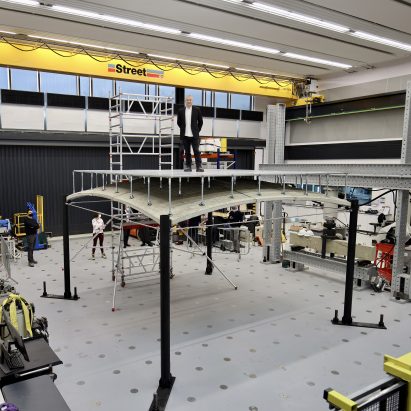
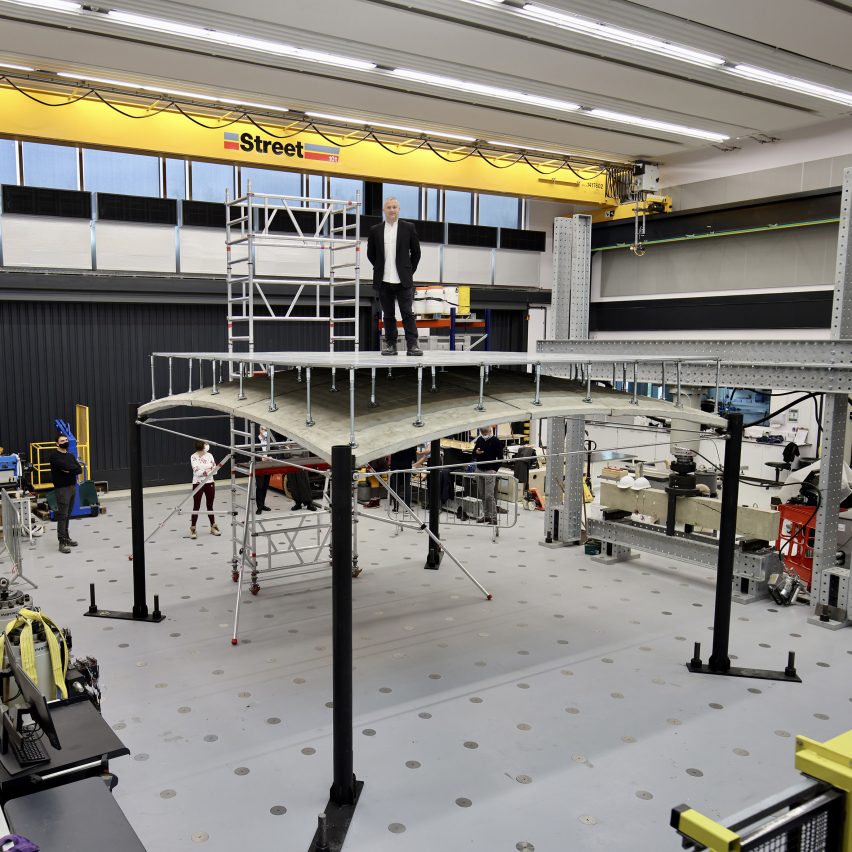
A new type of flooring that uses 75 per cent less concrete than the current standard has been invented by researchers at the universities of Bath, Cambridge and Dundee, who say it could make a "major difference" to the construction industry's carbon footprint.
The UK-based researchers from the ACORN project (the name is short for Automating Concrete Construction) use a thin-shell vaulted shape for their floor rather than a conventional solid slab – a change that requires substantially less concrete to carry the same load.
The multidisciplinary team has completed a full-scale demo of the floor, built inside a Cambridge University Civil Engineering Department facility, and hopes the innovation will be adopted by the construction industry to reduce its carbon emissions.
"Since concrete is the world's most widely consumed material after water, and its production contributes more than seven per cent of global CO2 emissions, the easiest way for construction to begin its journey to net-zero is to use less concrete," said ACORN principal investigator Paul Shepherd from Bath's Department of Architecture and Civil Engineering.
"That has been the driving force behind this project, which we hope could make a major difference to the impact of construction."
Flooring innovation makes use of concrete's strengths
As Shepherd explains, any thick flat slab flooring bends as people walk across it – and the bending strength of concrete is not very high, requiring steel reinforcement.
Conversely, concrete is good at resisting compression, which the vaulted shape takes advantage of. As people walk across the vaulted floor, the weight flows down the arch structure, squashing the concrete, which can bear the load without reinforcement.
To create a level surface, the arch shape is covered by standard raised flooring panels.
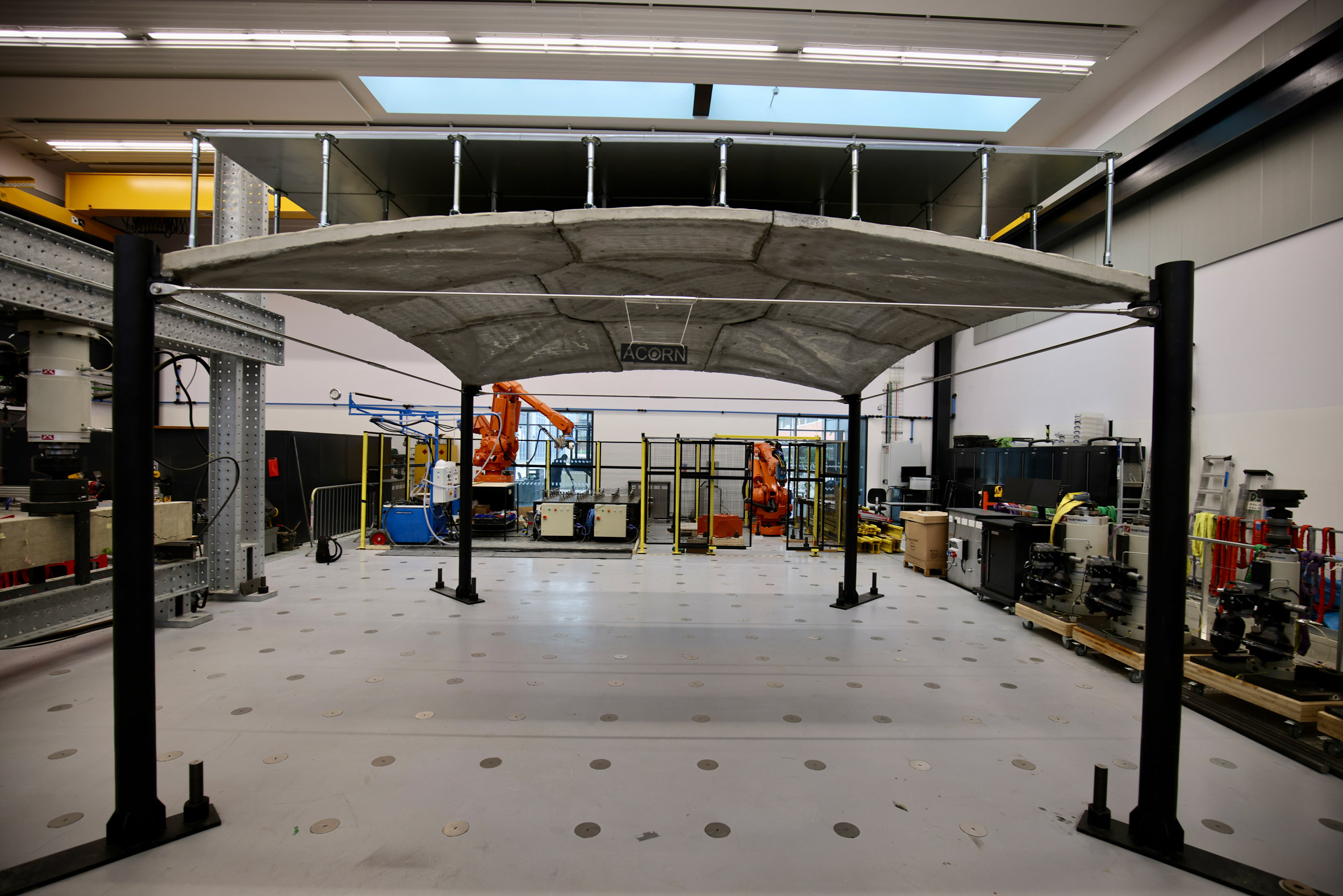 ACORN's prototype of the concrete vaulted floor is on display at the University of Cambridge
ACORN's prototype of the concrete vaulted floor is on display at the University of Cambridge
ACORN has developed a manufacturing method for its flooring, which begins with bespoke software that optimises the shape for a given building design. It then communicates with a robotic system that adjusts an adaptable mould to form the desired shape and sprays concrete into the mould in layers.
Using this method, the vaulted floors are made in a factory and then transported to the site for assembly.
"Our work builds on the shoulders of giants like Frei Otto, Heinz Isler, Candela and Nervi in that we use shell action to be hugely material efficient," Shepherd told Dezeen.
"But we have developed a means of manufacturing the shells off-site, alongside a digital system to aid their design, optimisation and fabrication, and importantly one that could be scaled up to mass production as a 'kit of parts'."
Demo shows minimum 60 per cent reduction in emissions
For ACORN's project demo, the studio manufactured the floor in nine pieces that are assembled with reversible joints, enabling future disassembly and reuse.
As well as using 75 per cent less concrete than an equivalent flat slab, ACORN calculates that the prototype achieved a carbon emissions reduction of 60 per cent. It says that the carbon savings should increase as the process becomes even more optimised.
[ 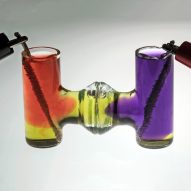
Read:
MIT researchers develop emissions-free cement production process
](https://www.dezeen.com/2019/10/07/mit-researchers-emissions-free-cement/)
It also counts on the manufacturing process becoming quicker in the future with the existence of specialised facilities. As it is, each of the nine pieces in the ACORN model took 30 minutes to make, and the floor took one week to assemble.
The demo floor measures 4.5 square metres and is situated inside the NRFIS Laboratory of Cambridge University's Civil Engineering Department.
ACORN aims to reshape use of concrete in construction
The prototype was developed by an interdisciplinary team of structural engineers, mathematicians and manufacturing experts, and involved partners including engineering and construction company Laing O'Rourke.
The aim of ACORN is to improve sustainability and productivity within the construction sector, largely by tackling the problem of concrete, which it says is being used hugely inefficiently.
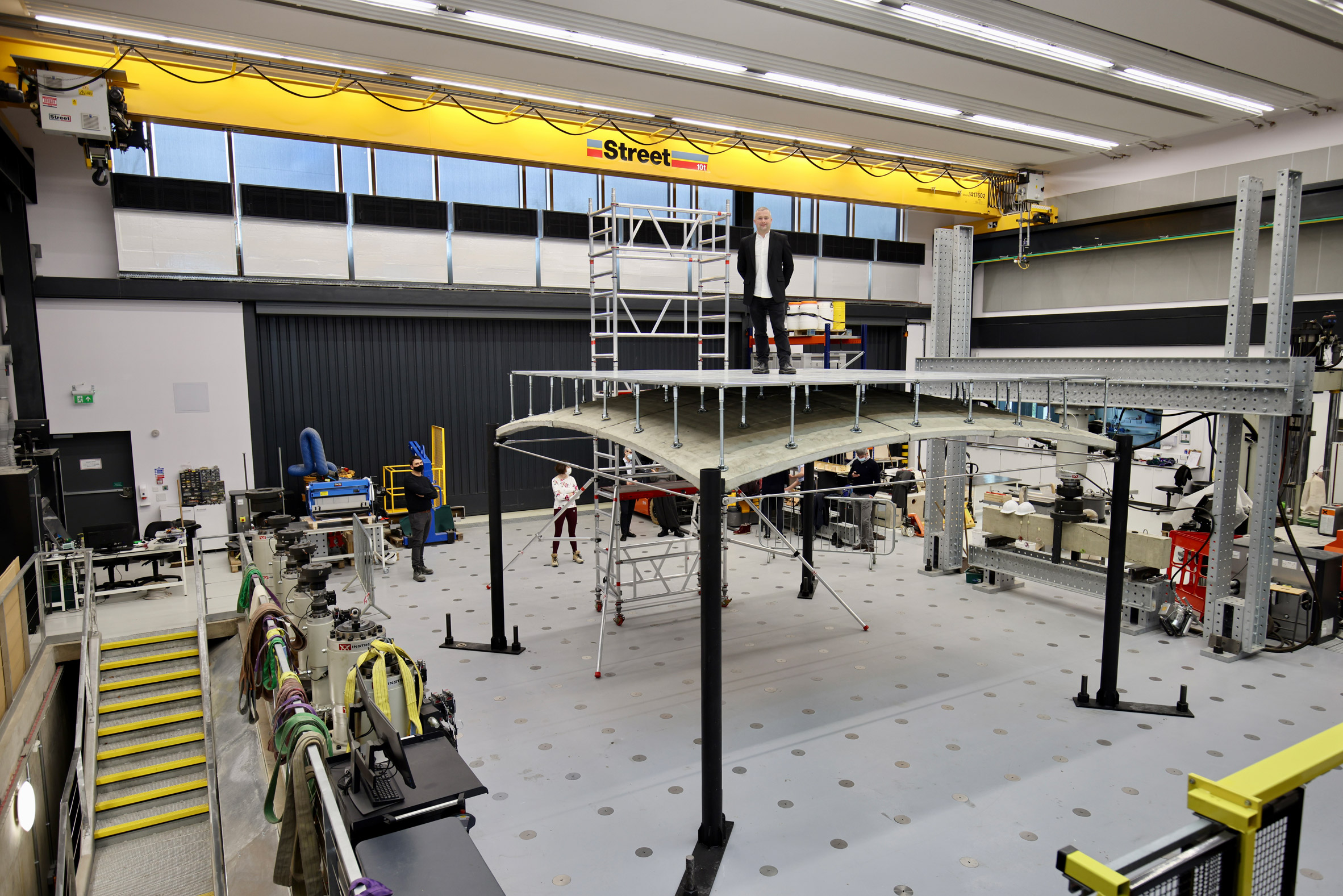 The floor prototype used 75 per cent less concrete than an equivalent flat slab
The floor prototype used 75 per cent less concrete than an equivalent flat slab
Currently, concrete production accounts for more than seven per cent of global greenhouse gas emissions, leading to calls for architects to stop using it.
There have been recent innovations that could help to reduce concrete's environmental impact – including an emissions-free cement production process from MIT and different formulas incorporating ingredients such as nano platelets from carrots – but they may not be usable within the window of time there is to avert catastrophic climate change.
The post New concrete vaulted floor suggests path to cutting carbon emissions appeared first on Dezeen.
MIT engineers invent plastic that is stronger than steel and could be used as structural material
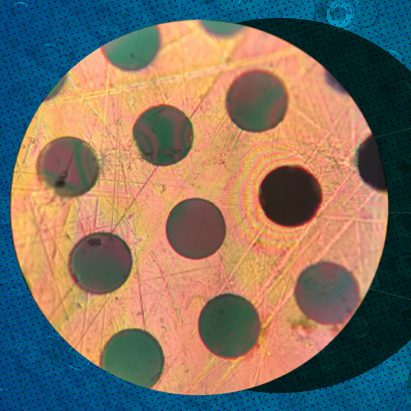
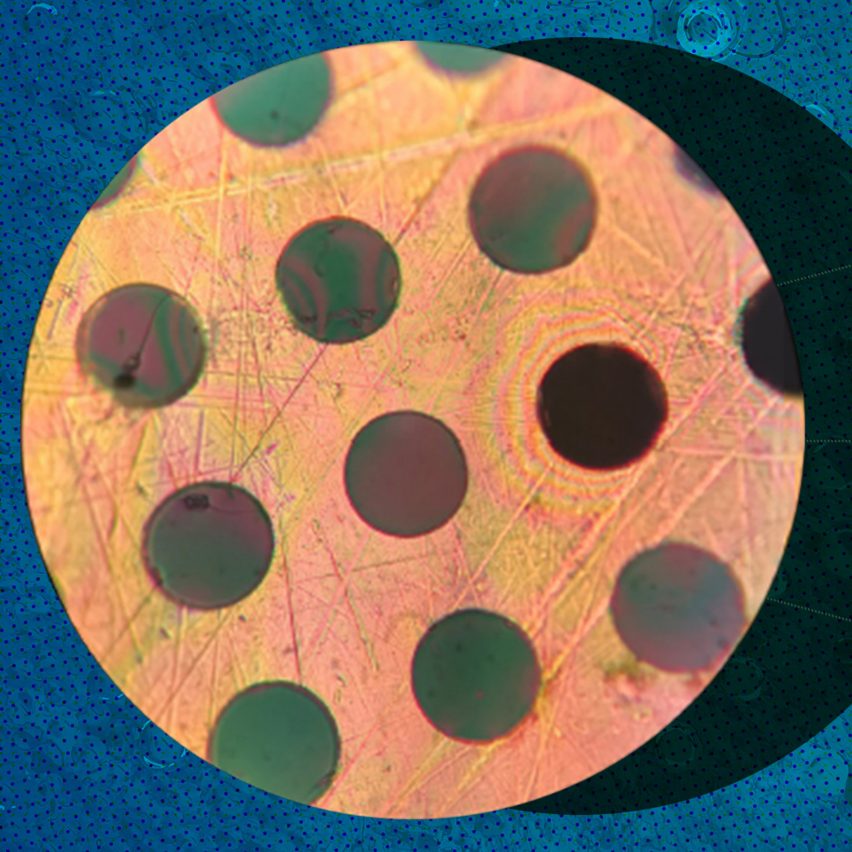
Massachusetts Institute of Technology chemical engineers have invented a new type of plastic that is twice as strong as steel and could one day be used as a building material.
Dubbed 2DPA-1, the material is light and mouldable like plastic but has a strength and resistance that the researchers behind the project liken to steel and bulletproof glass.
The Massachusetts Institute of Technology (MIT) engineers envision 2DPA-1 being used in the near future as a coating to enhance the durability of objects, and eventually as a structural material.
"We don't usually think of plastics as being something that you could use to support a building, but with this material, you can enable new things," said MIT chemical engineering professor Michael Strano. "It has very unusual properties."
Two-dimensional molecular structure gives polymer super-strength
2DPA-1 is a polymer, a category of substance that encompasses all kinds of plastics. But whereas all other polymers grow in one-dimensional chains, with new molecules being added onto their ends, 2DPA-1 grows in two dimensions, forming a sheet called a polyaramide.
"Instead of making a spaghetti-like molecule, we can make a sheet-like molecular plane, where we get molecules to hook themselves together in two dimensions," Strano said.
It's this two-dimensional quality that gives 2DPA-1 its strength, by eliminating the gaps that exist between polymer chains in other plastics.
[ 
Read:
The Dezeen guide to plastic in architecture, design and interiors
](https://www.dezeen.com/2021/09/22/dezeen-guide-plastic-architecture-design-interiors/)
Its yield strength, or the force it takes to break it, is twice that of steel, although it has only about one-sixth of the material density, making it light.
The researchers also compared it to bulletproof glass, saying it has four to six times the elastic modulus, which refers to the amount of force it takes to deform it.
The engineers synthesised 2DPA-1 using a new polymerisation process that happens spontaneously in the right chemical solution. They have published their findings in a paper in the journal Nature.
Impermeability adds to usefulness of material
The most immediate commercial application for 2DPA-1, according to the researchers, is as an ultrathin barrier coating that could be applied to cars, phones or other objects to make them stronger and more durable.
Because of the material's closed molecular structure compared to other plastics, it is impermeable to water and gases, so it offers an extremely high degree of protection from oxidation, rust or rot.
"This kind of barrier coating could be used to protect metal in cars and other vehicles, or steel structures," said Strano.
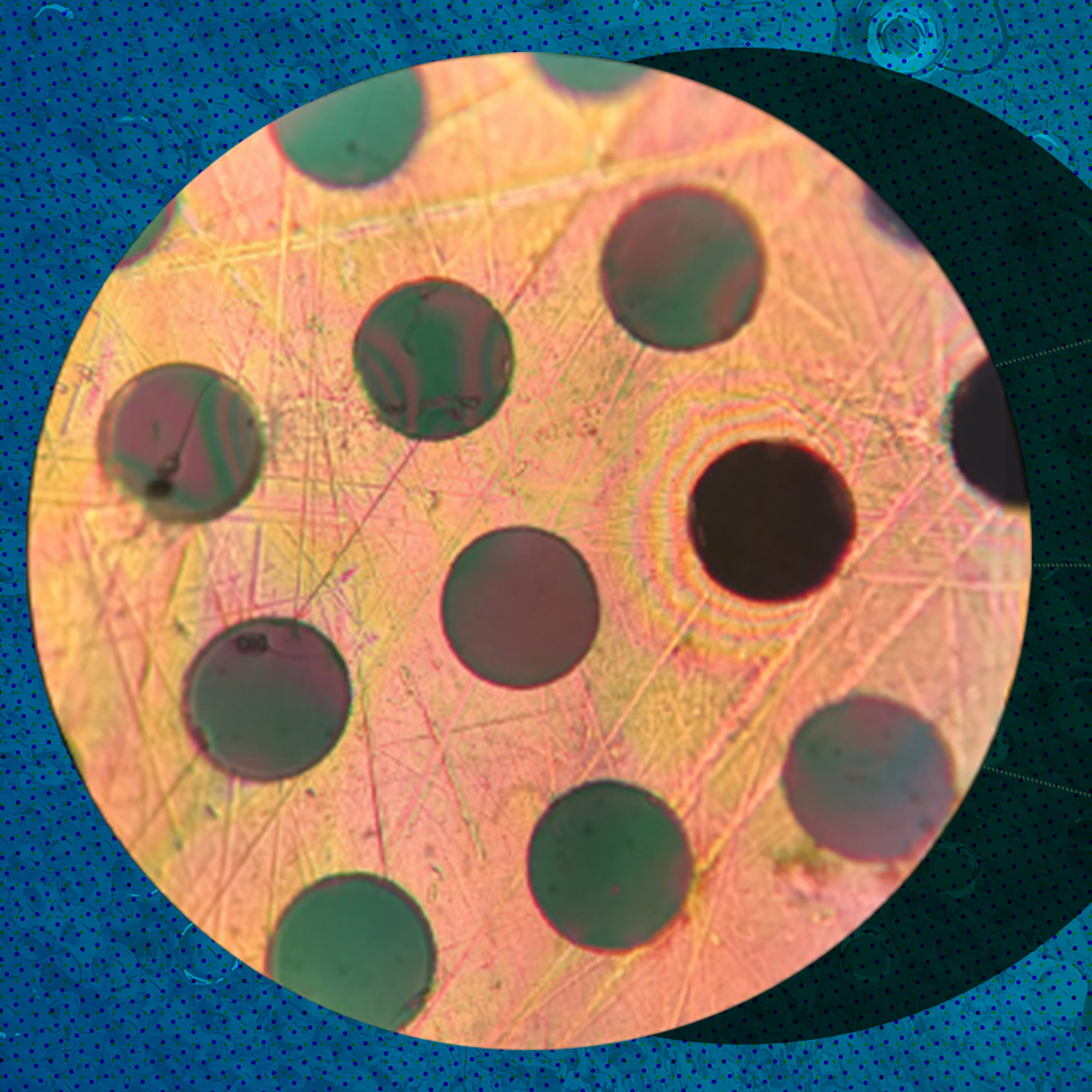 As a polymer film, 2DPA-1 could give a protective coating to cars, phones or surfaces. Image courtesy of MIT
As a polymer film, 2DPA-1 could give a protective coating to cars, phones or surfaces. Image courtesy of MIT
However, the future applications for 2DPA-1 extend further, as the molecular sheets can theoretically be stacked to make a building material, or used as nanotubes or nanofibres in a composite material like carbon fibre.
As well as being strong, it has the same appealing properties as other plastics, in that it is light and takes little energy to produce, compared to materials such as steel and glass.
The researchers told Dezeen that they could see it being used as a structural reinforcement material in building and as a separation membrane.
Material can be easily manufactured in large quantities
Another promising quality of 2DPA-1 is that it can be easily made in large quantities.
This means that unlike with some recent wonder materials, such as graphene, it should be easy to scale up manufacturing outside of the laboratory.
The MIT researchers made their 2DPA-1 in beakers, but to make the plastic in large quantities, they say you would simply need to increase the amount of starting materials.
Similar to other plastics, 2DPA-1 is manufactured at room temperature, so it doesn't require vast amounts of heat.
[ 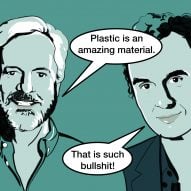
Read:
Plastic recycling is "bullshit" says Richard Hutten at Dezeen Day
](https://www.dezeen.com/2019/11/04/plastic-recycling-richard-hutten-dezeen-day/)
The engineers also theorise that it should be recyclable. If it is used as fibres, it should be able to be re-spun or pulped as with Kevlar fibres, and in other forms it may be able to be chemically recycled as with nylon.
Currently, 79 per cent of plastic is dumped in landfills or in the environment once discarded, where it will remain for thousands of years.
There are numerous different types of plastic currently in existence, as explained in our Dezeen guide to plastic in 2021, as well as a growing number of plastic alternatives.
The post MIT engineers invent plastic that is stronger than steel and could be used as structural material appeared first on Dezeen.
Commenter calls collection of light switches crafted from animal bones "fascinating"
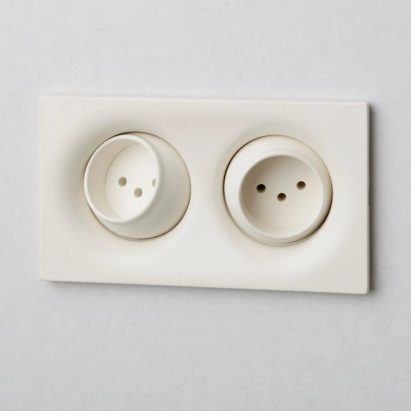
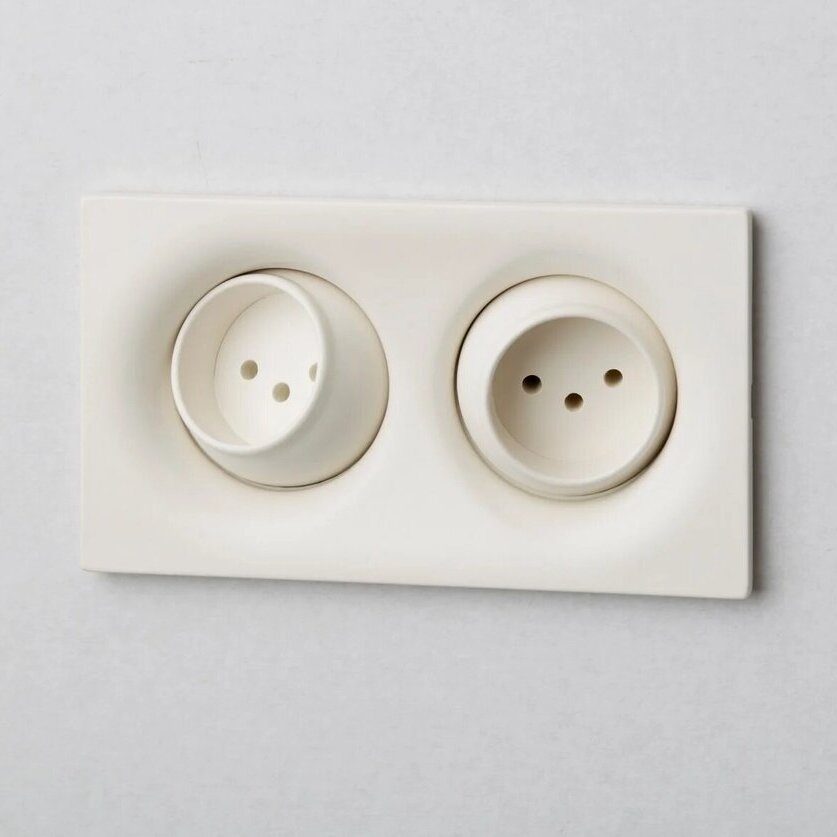
In this week's comments update, readers are impressed by a collection of light switches crafted from bovine bones and discussing other top stories.
ÉCAL graduate Souhaïb Ghanmi has catalysed conversation by turning waste bovine bones from the meat industry into a collection of light switches and electrical outlets.
The Elos range features sinuous silhouettes modelled on different parts of the human skeleton, including a socket designed to resemble the head of a thigh bone that is capable of rotating in its baseplate like a hip joint.
"Very interesting idea and cool designs"
Readers are impressed. "Very interesting idea and cool designs," praised H Bray. "Just make sure the bone smell is long gone. I would hate to have my dog start chewing the wall sockets and get zapped."
"I'm in love with this," added Charles Kelso. "The material is fascinating, but the forms are incredible. The light switches, in particular, are a lovely mix of organic and minimalist design."
Tara agreed: "They are so beautiful and it makes sense to have more flexibility regarding directional use. The materials are waste materials, so I can't see why it matters what the materials actually are. Waste should be used? I guess the aim is to move away from factory farming, but until we reach that day let's make use of the waste created by such industries."
"One for the vegans..." concluded Logomisia.
Do you agree with the comments? Join the discussion ›
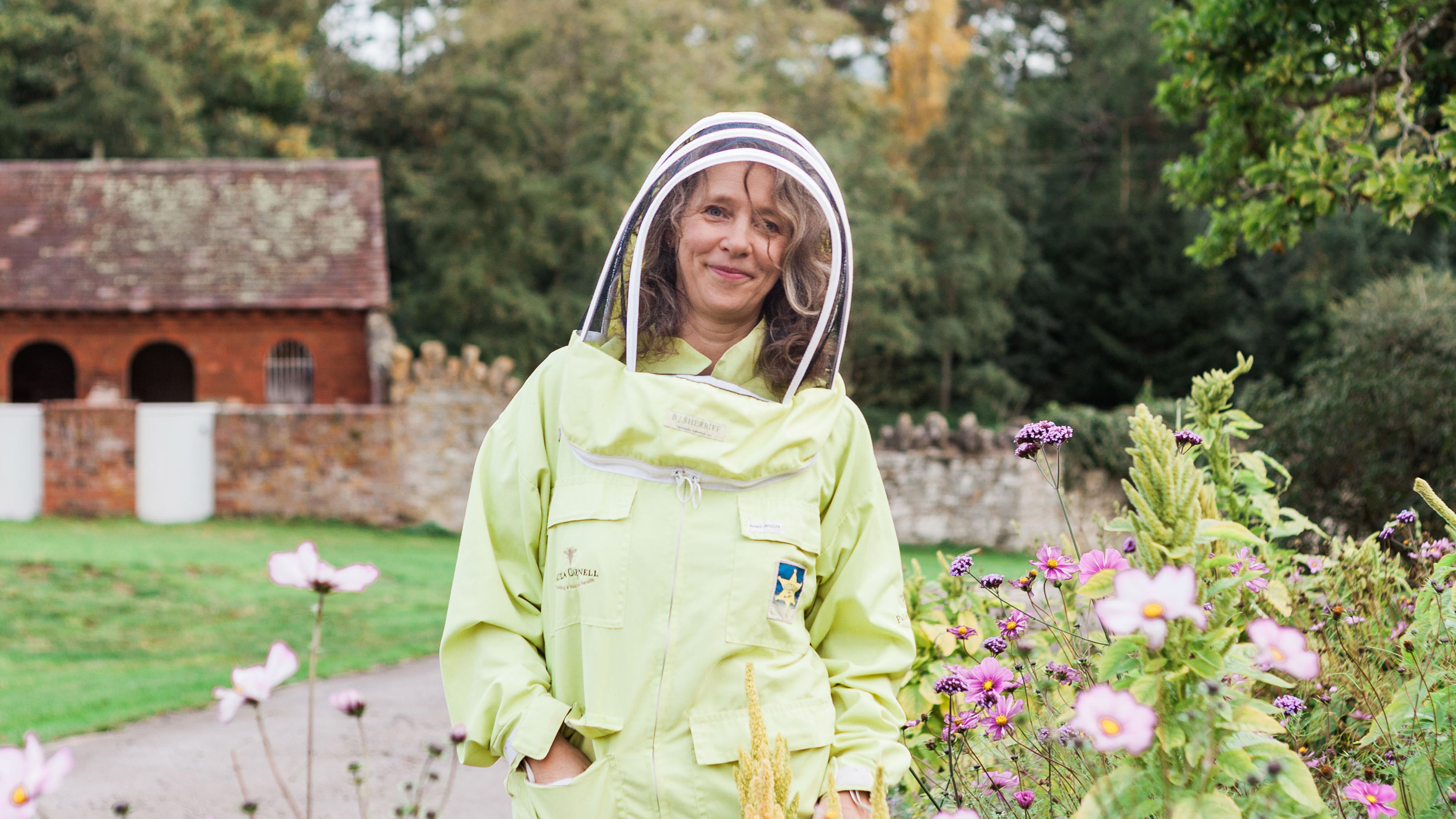 Putting beehives in cities is "very dangerous" to other pollinators says bee expert Paula Carnell
Putting beehives in cities is "very dangerous" to other pollinators says bee expert Paula Carnell
Commenter says they would "prefer to change architecture than cut an old tree"
Readers agree with bee expert Paula Carnell, who says architects should include wild areas in their projects, plant trees in the ground rather than in pots and discourage urban beekeeping to encourage biodiversity.
"Plant more plants, everyone," said Chris.
"Old trees are valuable," continued The Bee Keeper. "I would prefer changing the architecture instead of cutting an old tree."
"Most plants in our roof garden in Notting Hill are bee supporting," concluded Cezary Marek. "I love watching the selfless creatures working hard. No idea where they fly in from, but they always do. Seems right that we gave up on installing a beehive there."
Do you have an opinion on encouraging biodiversity amongst bees? Join the discussion ›
 SOM has designed a Florida courthouse with a glass and fluted metal exterior
SOM has designed a Florida courthouse with a glass and fluted metal exterior
Reader calls design for federal courthouse in Florida "elegant, dignified and fuss-free"
Commenters are discussing Skidmore, Owings & Merrill's (SOM) design for a new 10-storey federal courthouse in Fort Lauderdale, Florida. It features a fluted metal and glass exterior informed by classical architecture.
"Looks elegant, dignified and fuss-free," said Romeo Reyes. "Interesting how the sunlight will enhance the fluted surface of the metal cladding. It will definitely stand the test of time. If Mies could pull off design feats in the distant past that are still admired to this day, why shouldn't this one?"
Apsco Radiales agreed: "Straightforward, 1960s design with no apologies made. No fanciful claims about it saving the world from all that nasty carbon. I like it."
"It's very poor form blaming classical architecture for dull, uninspiring design," said JB on the other hand. "The architect should really put the whole thing underground."
Are you a fan of the Fort Lauderdale Federal Courthouse? Join the discussion ›
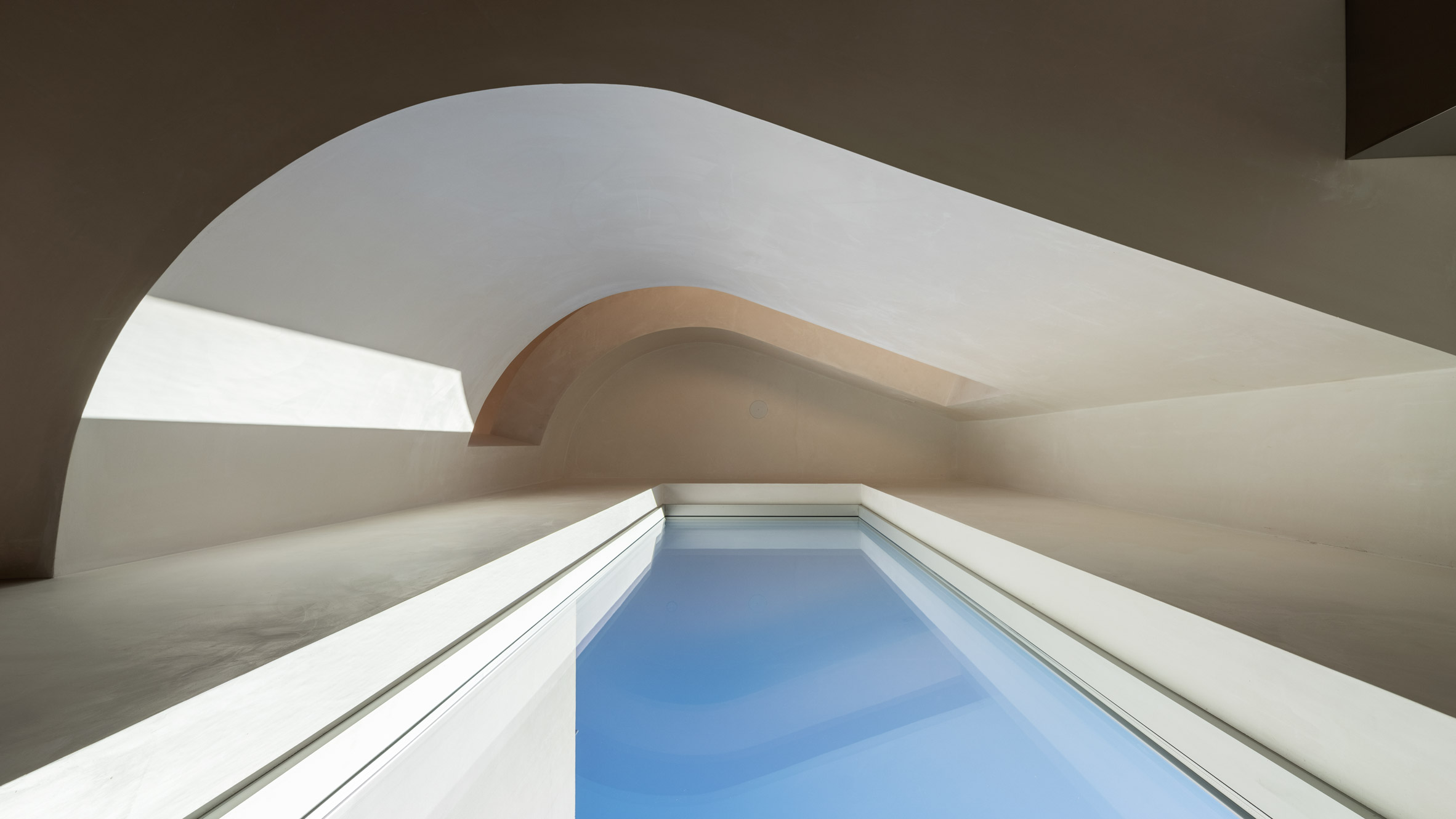 A Los Angeles home designed by Pentagon features curved walls
A Los Angeles home designed by Pentagon features curved walls
Commenter says Los Angeles home "captures the qualities of some of the better modernist spaces"
Readers are intrigued by a residential project in the Venice neighbourhood of Los Angeles. The building has a sculptural composition thanks to its rounded walls, which also enhance the home's natural light.
"What is really awesome about this house is that it manages to capture the qualities of some of the better modernist spaces," said Ballista, "and the enjoyment of how modernism plays with basic geometry in a fairly normal domestic scale. Really special!"
Apsco Radiales continued: "Must give credit to the construction guys. Excellent job."
"That front facade is so well-composed," concluded JZ, "but behind it is a relatively average sequence of spaces that rely on rich materials rather than spatial nuance. That courtyard is so beyond average, so nihilistically spec-grade. The image of the stair rail where the sloped cap meets the horizontal rail on the second floor makes my teeth itch."
What do you think of The Radius House? Join the discussion ›
Comments update
_Dezeen is the world's most commented architecture and design magazine, receiving thousands of comments each month from readers. Keep up to date on the latest discussions onour comments page._
The post Commenter calls collection of light switches crafted from animal bones "fascinating" appeared first on Dezeen.
MCQ infuses rice-leather jacket with custom fragrance
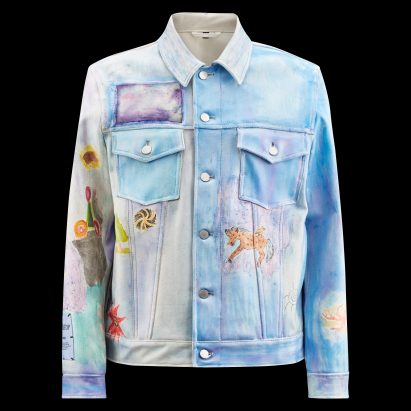
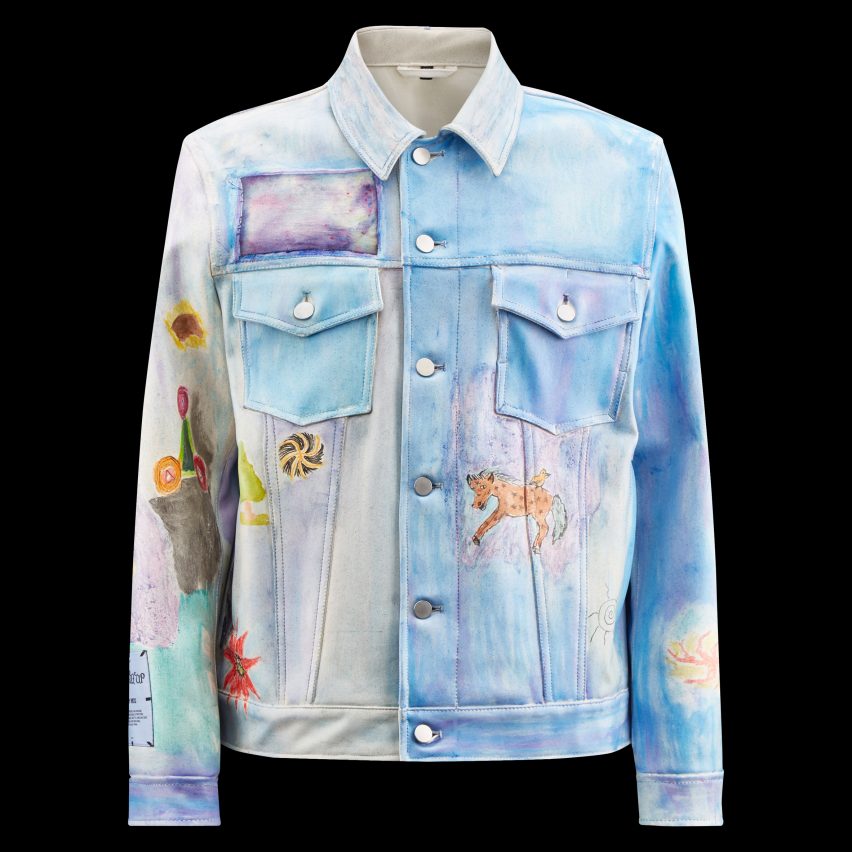
Natural latex is combined with rice hulls and a woodsy blend of essential oils to form this scented jacket, created by Alexander McQueen sub-brand MCQ to showcase the unique characteristics of plant-based leather alternatives.
Produced in a limited edition of ten as part of the label's Grow Up collection, the outerwear piece takes the form of a traditional biker jacket but is made from a vegan animal-hide substitute called Mirum.
The material was developed by American start-up Natural Fiber Welding (NFW) and customised for MCQ with an off-white base colour that was created using mineral clay and allows the rice-husk speckles in the plant leather to shine through.
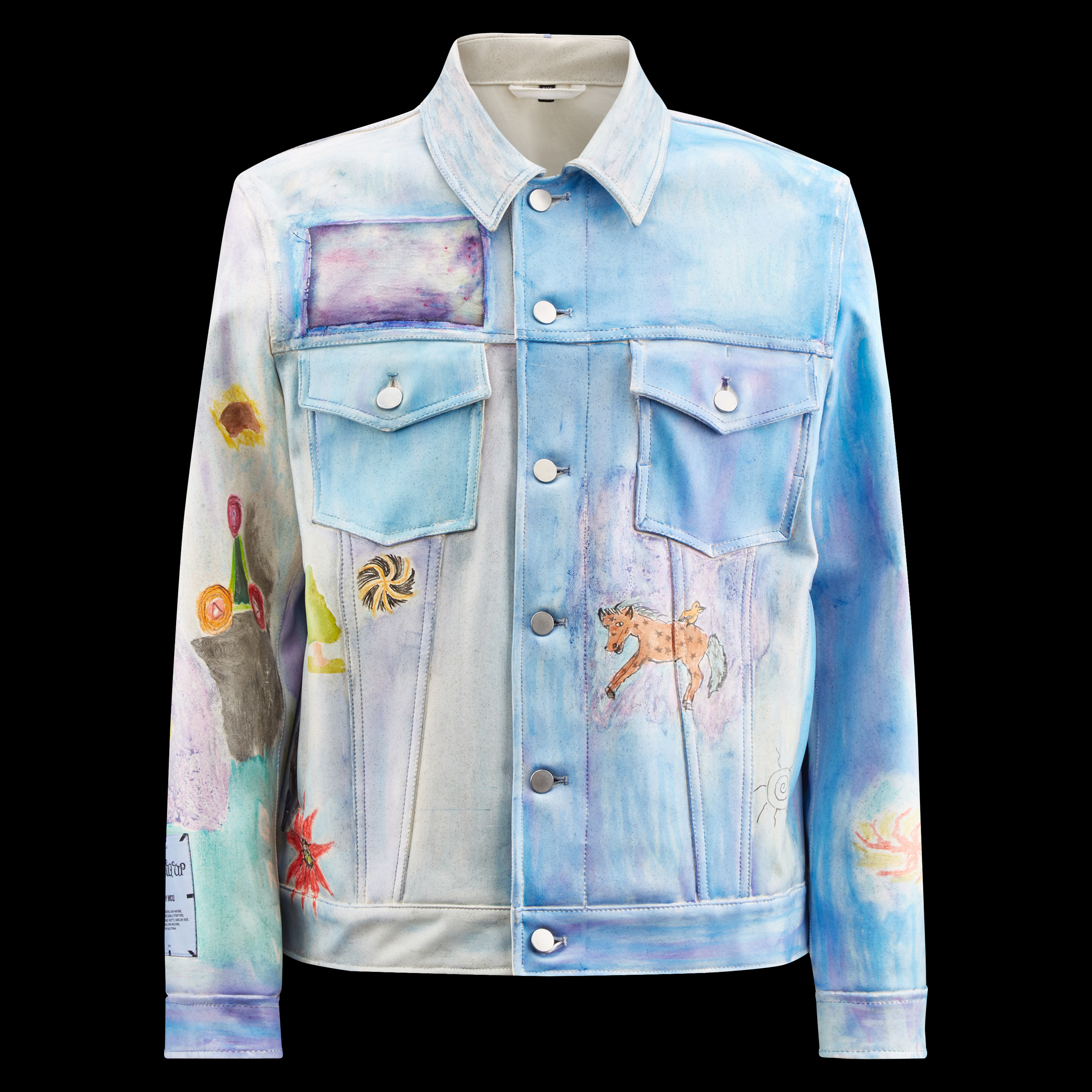 MCQ has created ten leather jackets using Mirum plant leather
MCQ has created ten leather jackets using Mirum plant leather
The brand also added an earthy aroma using different essential oils, which will linger in the garments for around a year. Designed as a homage to gardening, each of the final jackets is hand-painted with childlike nature motifs by New York artist Kevin Emerson.
"Imagine putting this jacket on and it's not just a jacket," NFW vice president Oihana Elizalde told Dezeen. "There's this scent that adds a different dimension, which MCQ really loved."
"That's something we are starting to explore more and more, particularly in the fashion space."
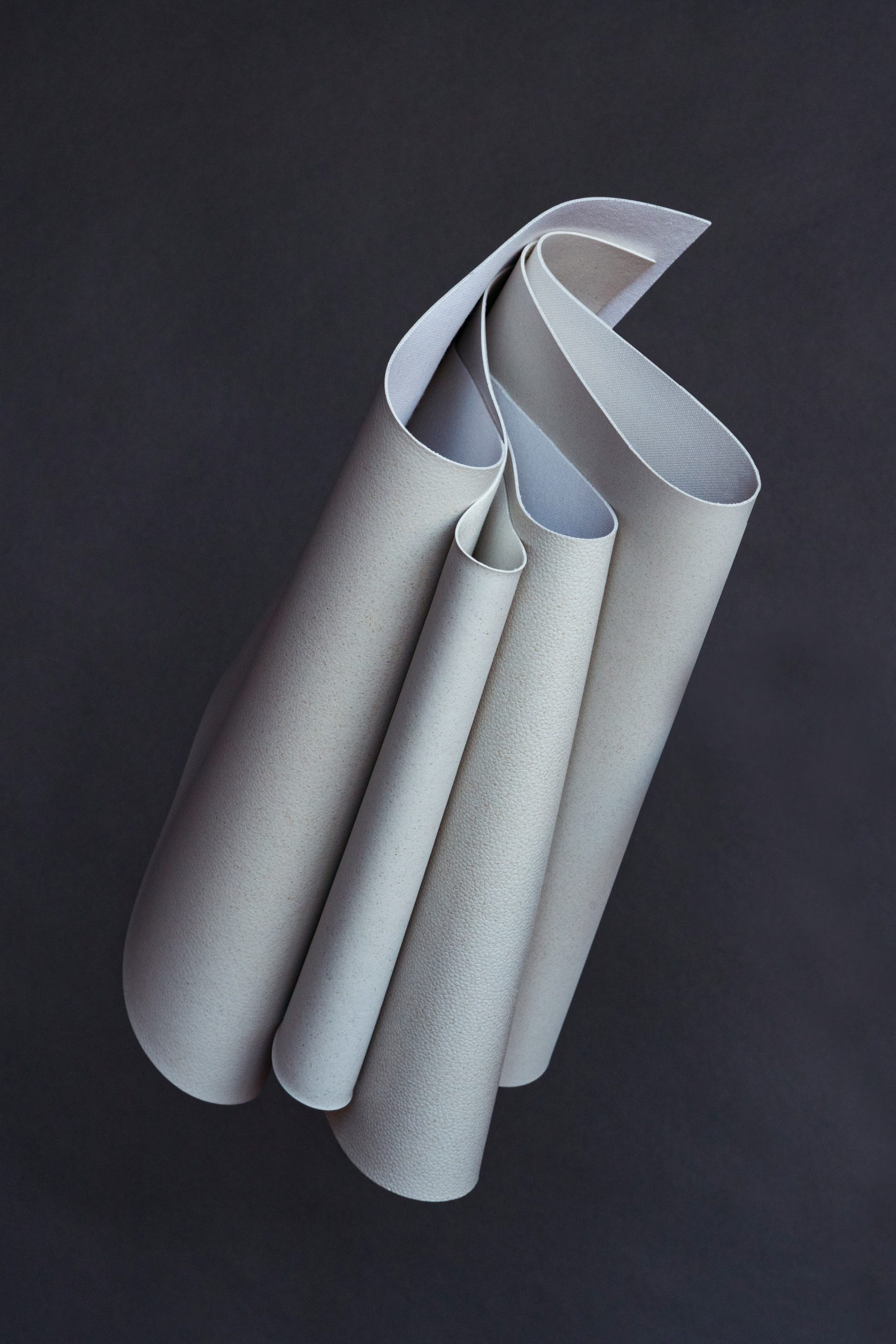 NFW customised the exact finish of the material for MCQ
NFW customised the exact finish of the material for MCQ
Unlike other plant-based leather alternatives, which often rely on a layer of plastic for their durability, Elizalde says NFW's material has been independently certified as petroleum-free and entirely biobased.
Its natural fragrance is directly mixed in with the other ingredients, namely the clay, FSC-certified latex derived from the rubber tree and a number of different vegetable oils.
This is then combined with a filler, for which NFW uses waste materials from the food industry such as coconut and corn husks or, in this case, rice hulls.
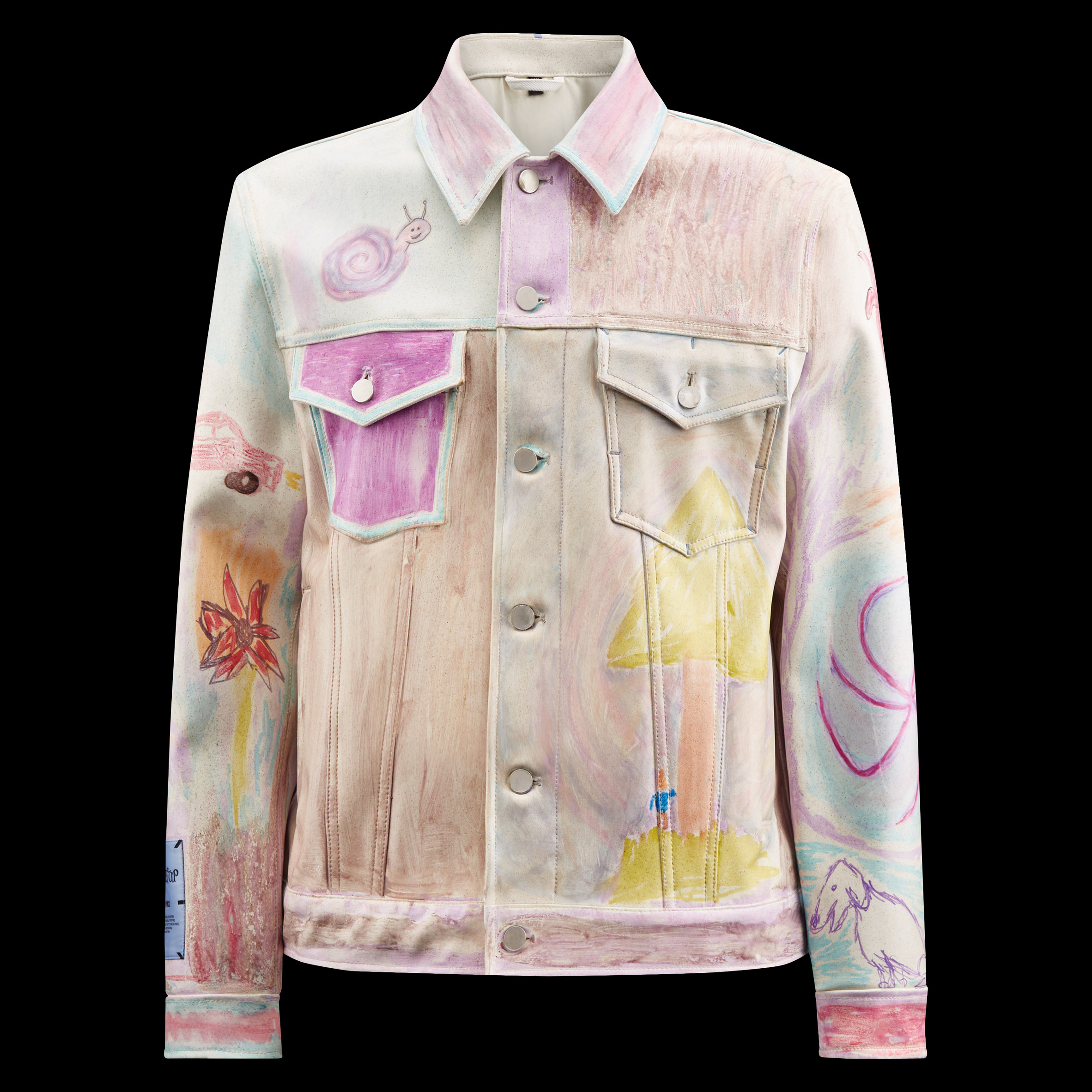 Each jacket was hand-painted by Kevin Emerson
Each jacket was hand-painted by Kevin Emerson
After being applied to a backing textile made from organic cotton, the finished material would normally be embossed with a leather-like texture.
But MCQ opted to leave its version completely smooth and supple to keep the focus on the rice-husk speckles.
"They didn't want something that looked like leather," Elizalde said. "It didn't need to have the typical animal grain. They loved this idea of showing off natural materials and this additional granularity that you get by seeing the rice hulls."
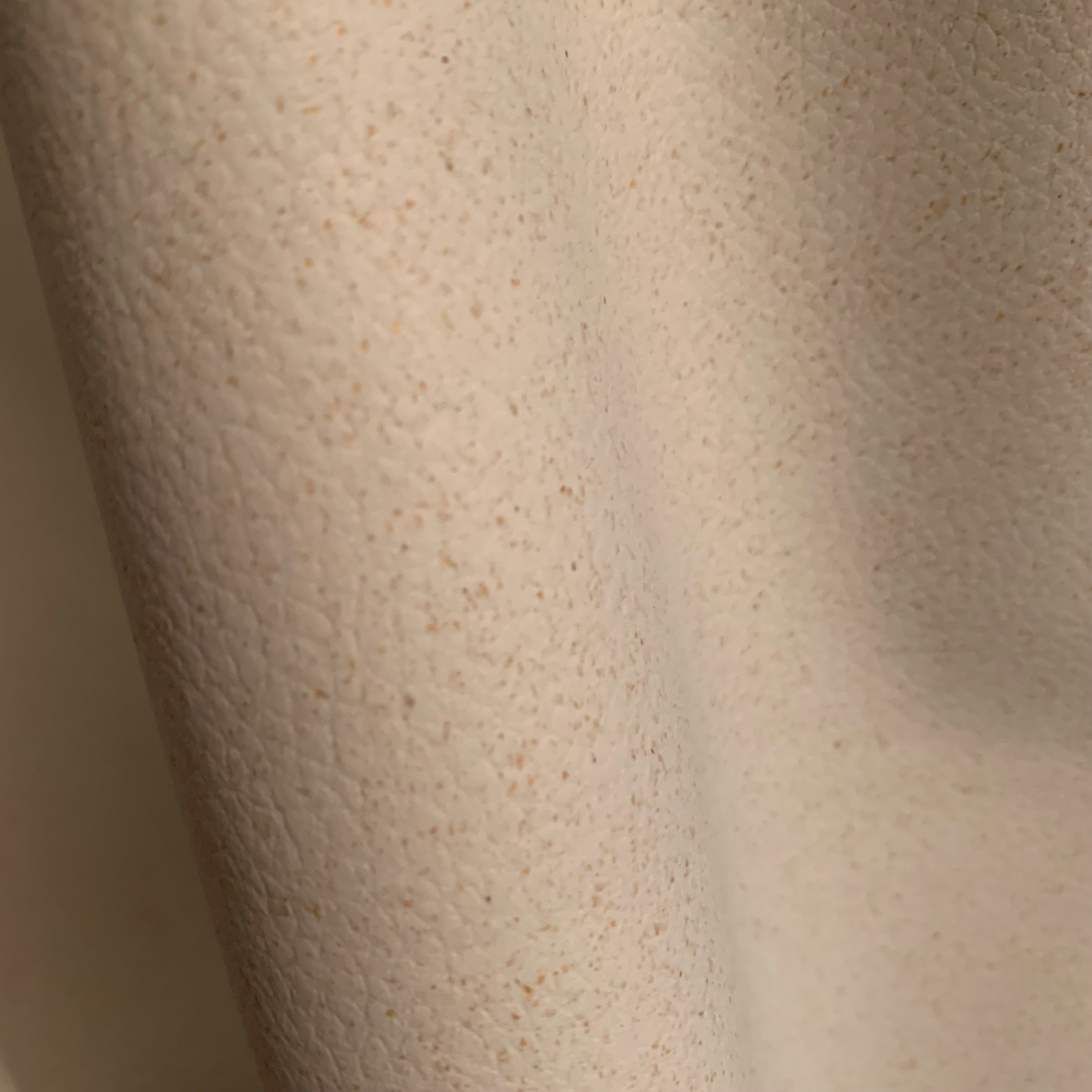 The rice hulls create a speckled effect in the final material
The rice hulls create a speckled effect in the final material
The resulting plant leather has a carbon footprint of around two kilograms of CO2 per kilogram of material, Elizalde estimates, based on a preliminary lifecycle analysis.
"It depends on the backer you use and if the backer is dyed," she said. "But the material emits up to 40 times less carbon than leather and up to 17 times less than synthetics."
As a collaborative brand under the English fashion house Alexander McQueen, MCQ brings together a different team of creatives for each of its collections.
In this case, the material is supplied by NFW before being fashioned into leather jackets courtesy of the MCQ team and further personalised by Emerson with a mixture of different paints and markers.
[ 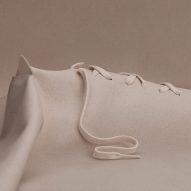
Read:
Allbirds to make shoes using plant-based leather to help "eradicate petroleum from the fashion industry"
](https://www.dezeen.com/2021/03/03/plant-leather-allbirds-natural-fiber-welding/)
When it has outlived its usefulness, the plant leather can be ground up and recycled into new Mirum or placed in soil and left to biodegrade.
Due to the natural durability of latex, this will take more than just a couple of months. But Elizalde says the material was carefully engineered to avoid polluting the surrounding environment during its slow degradation process.
"We designed a material with zero synthetics and zero plastics so that when you put it back to earth you don't have the issue of microplastics," she said.
"We also don't use dye or chemicals to alter the material because those chemicals over time will leech out and end up in the water."
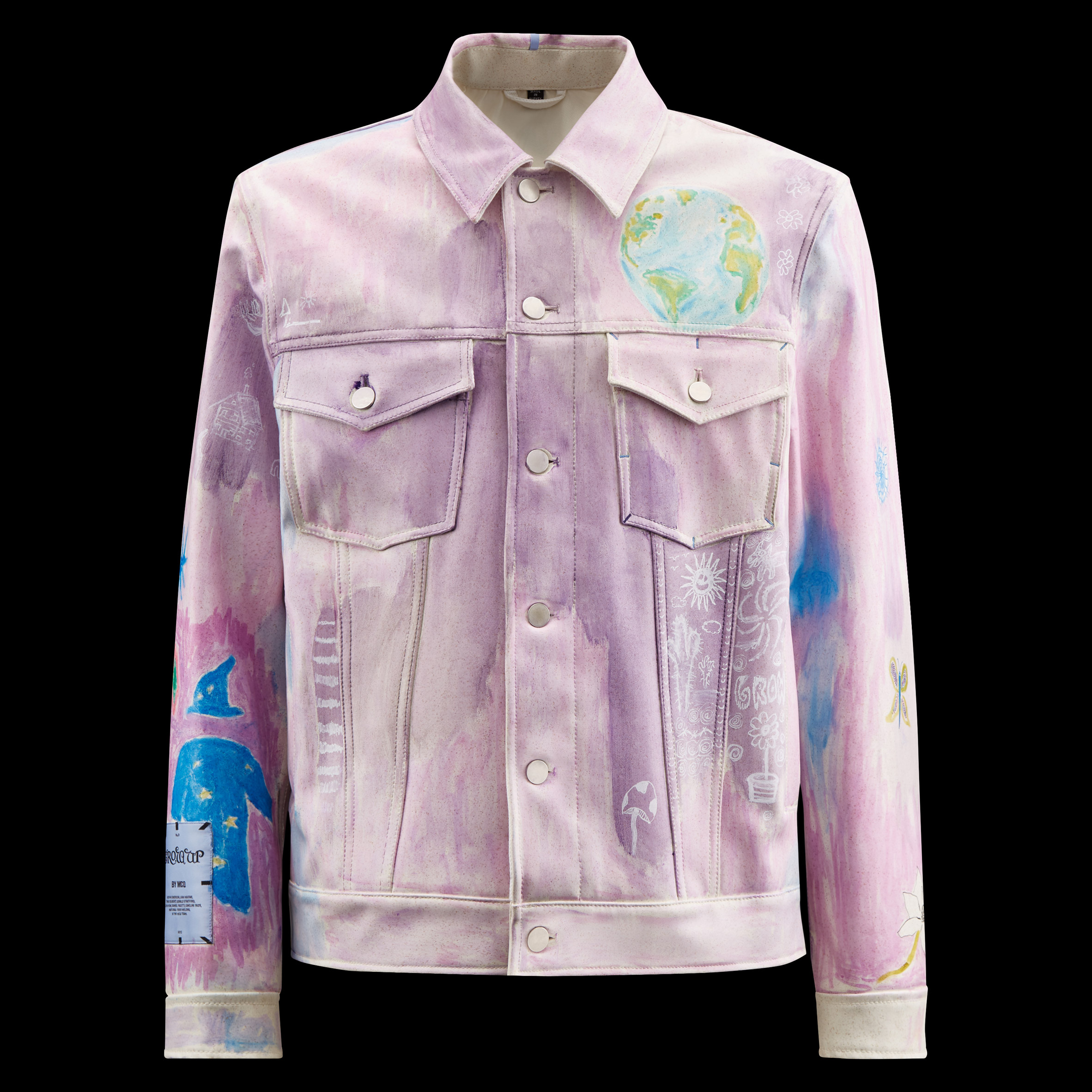 The illustrations reference nature and gardening
The illustrations reference nature and gardening
However, in the case of the jackets, these efforts are subverted by adding the different paints and marker inks, which generally contain some form of fossil-based resin or solvent.
Mirum has already been turned into a number of small accessories such as bags and wallets, while companies from Allbirds to Ralph Lauren have invested in the material in the hopes of integrating it into their products.
The MCQ collaboration marks the first time the material has been fashioned into garments, which will be gifted to "big name VIPs and friends of the brand".
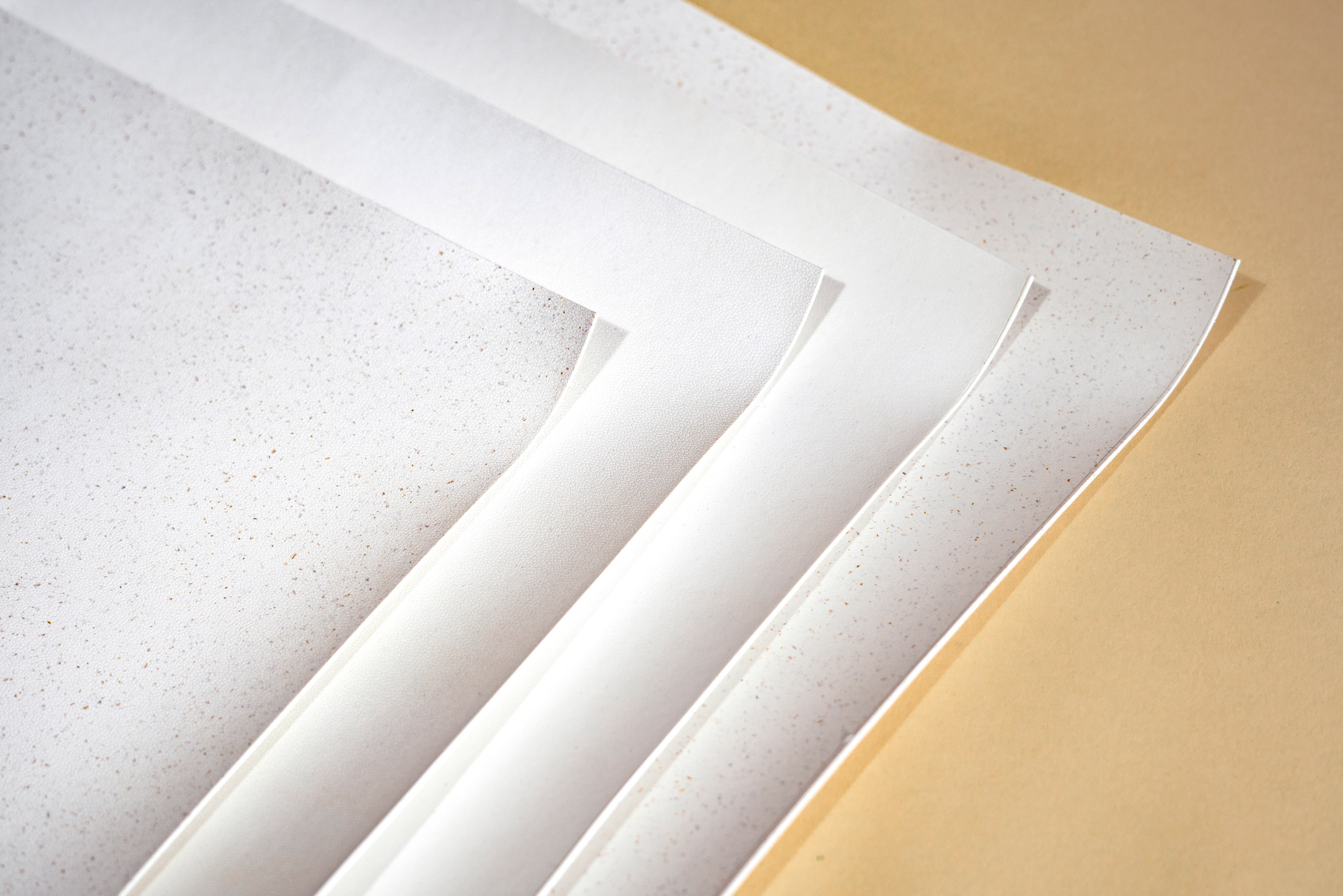 The material has an off-white colour created using mineral clay
The material has an off-white colour created using mineral clay
A number of major fashion labels have launched products made from plant-based leather alternatives in the last year, although, like the jackets, most have so far been relegated to limited editions and concept pieces.
Among them are various products made from mushroom mycelium, including a two-piece ensemble Stella McCartney and updated versions of the Adidas Stan Smith trainers and Hermès's Victoria shopper.
The post MCQ infuses rice-leather jacket with custom fragrance appeared first on Dezeen.
#all #design #fashion #clothing #alexandermcqueen #materials #scent #leatheralternatives
Souhaïb Ghanmi uses animal bones instead of plastic for minimalist sockets and light switches
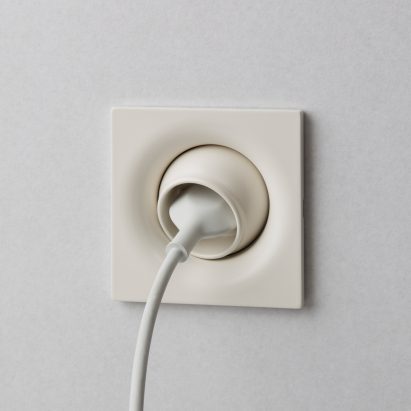
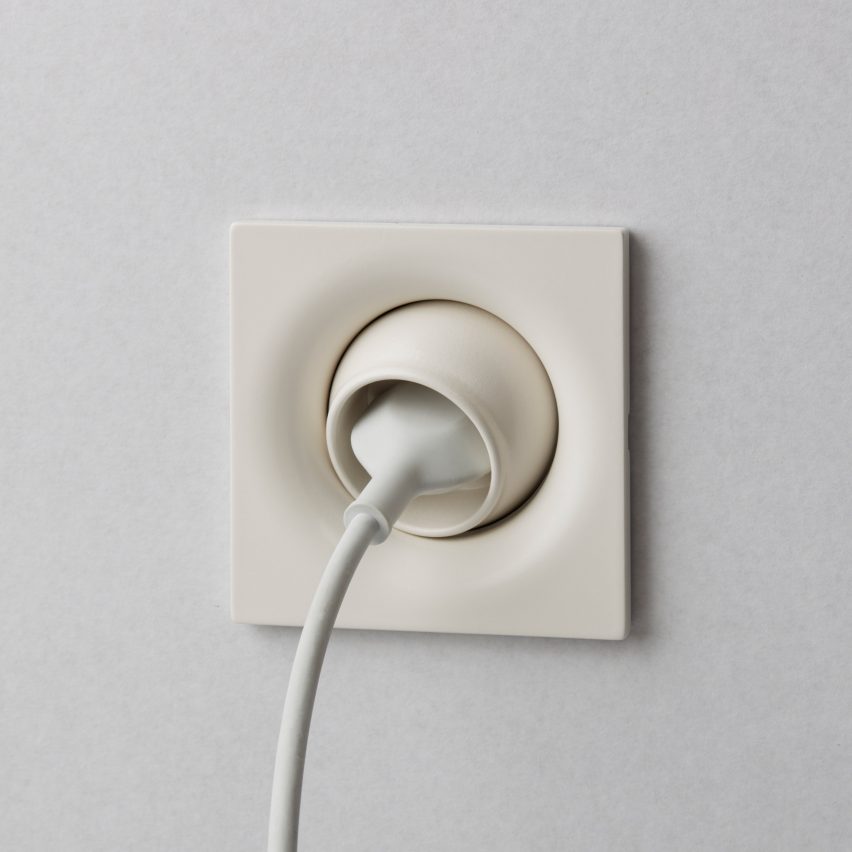
Waste bovine bones from the meat industry have been ground into a powder and turned into a collection of light switches and electrical outlets by ÉCAL graduate Souhaïb Ghanmi.
The Elos range features sinuous silhouettes modelled on different parts of the human skeleton, including a socket designed to resemble the head of a thigh bone that is capable of rotating in its baseplate like a hip joint.
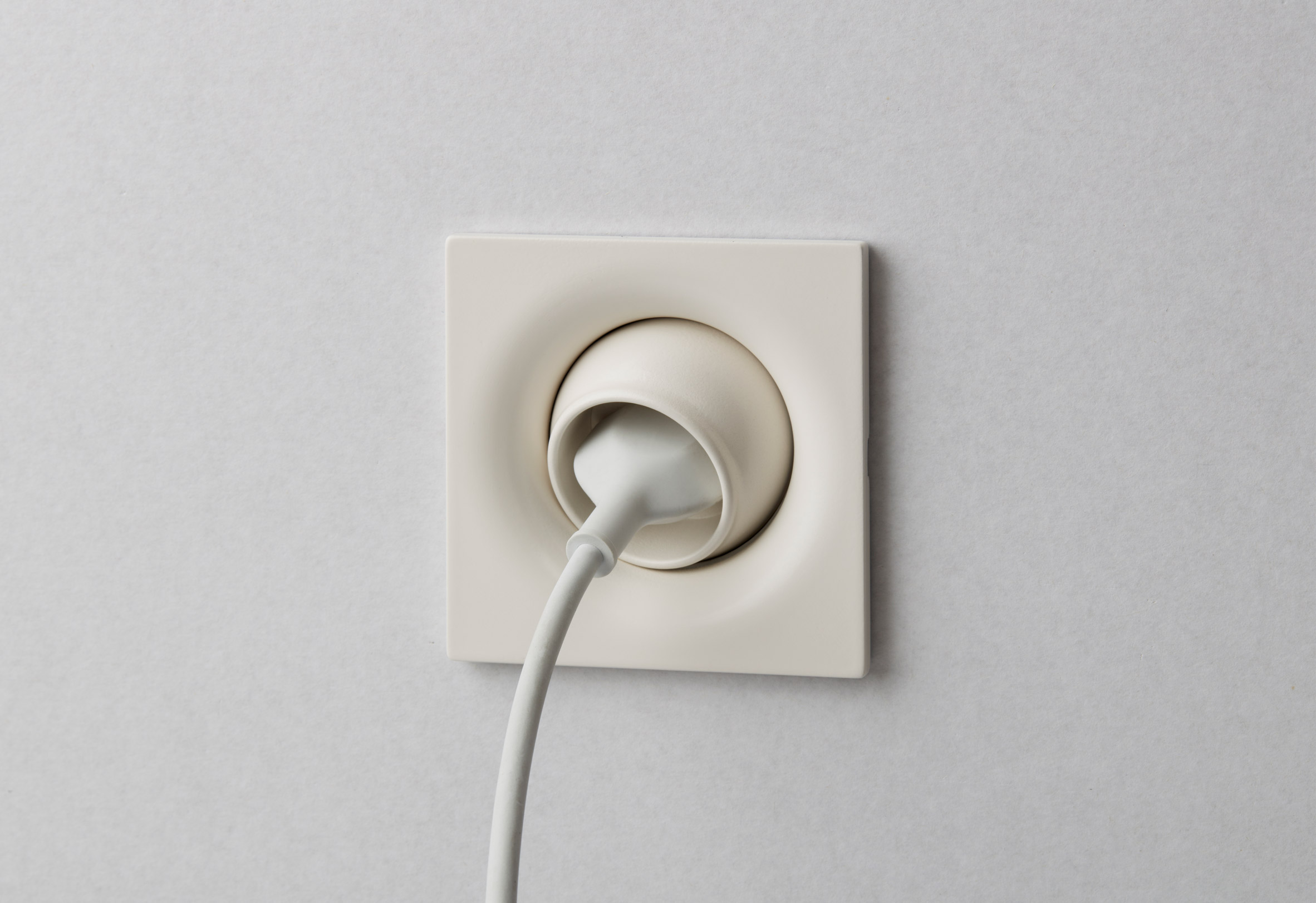 The Elos collection encompasses sockets (above), switches and USB-charging ports (top image)
The Elos collection encompasses sockets (above), switches and USB-charging ports (top image)
Matching light switches and USB charging ports are cast in moulds that reference the organic shape of a cross-sectioned femur but still resemble their conventional plastic counterparts.
By harnessing bone's natural properties as an electric and thermal insulator, the collection finds a renewed purpose for this age-old material, which was traditionally carved into tools or fired to create bone china.
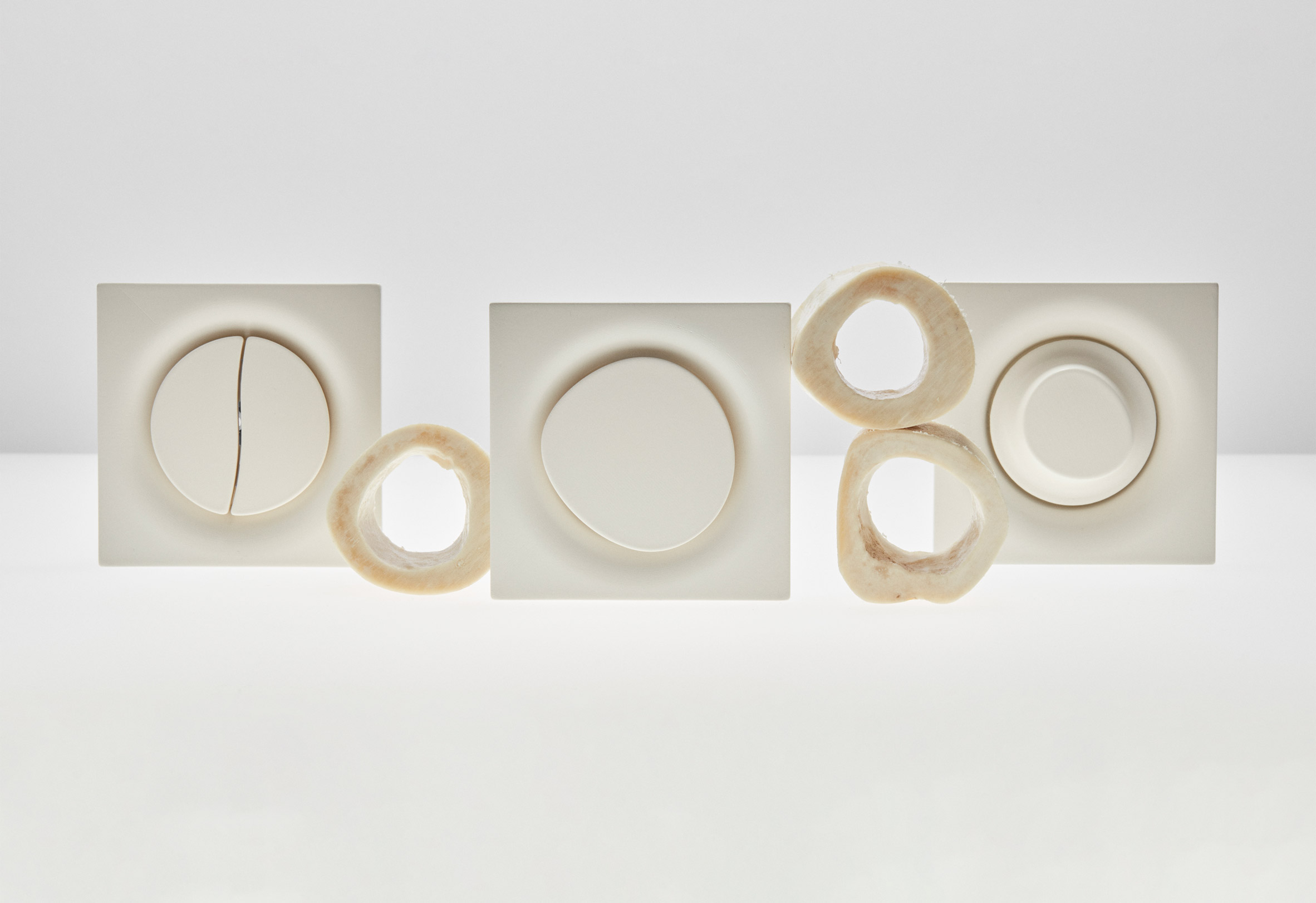 The fittings are made from bone powder mixed with a bio-based binder
The fittings are made from bone powder mixed with a bio-based binder
Ghanmi hopes that his project can help to break our reliance on fossil plastics while making a dent in the more than 130 billion kilograms of bone waste produced by slaughterhouses every year.
"This mineral material, which has no commercial value today, has been used for the manufacture of domestic objects by various peoples throughout history," he told Dezeen.
"In the past, bone was the equivalent of plastic, and nowadays plastic is one of the biggest ecological problems. It is therefore obvious to me to return to this primitive material to apply it to our daily lives."
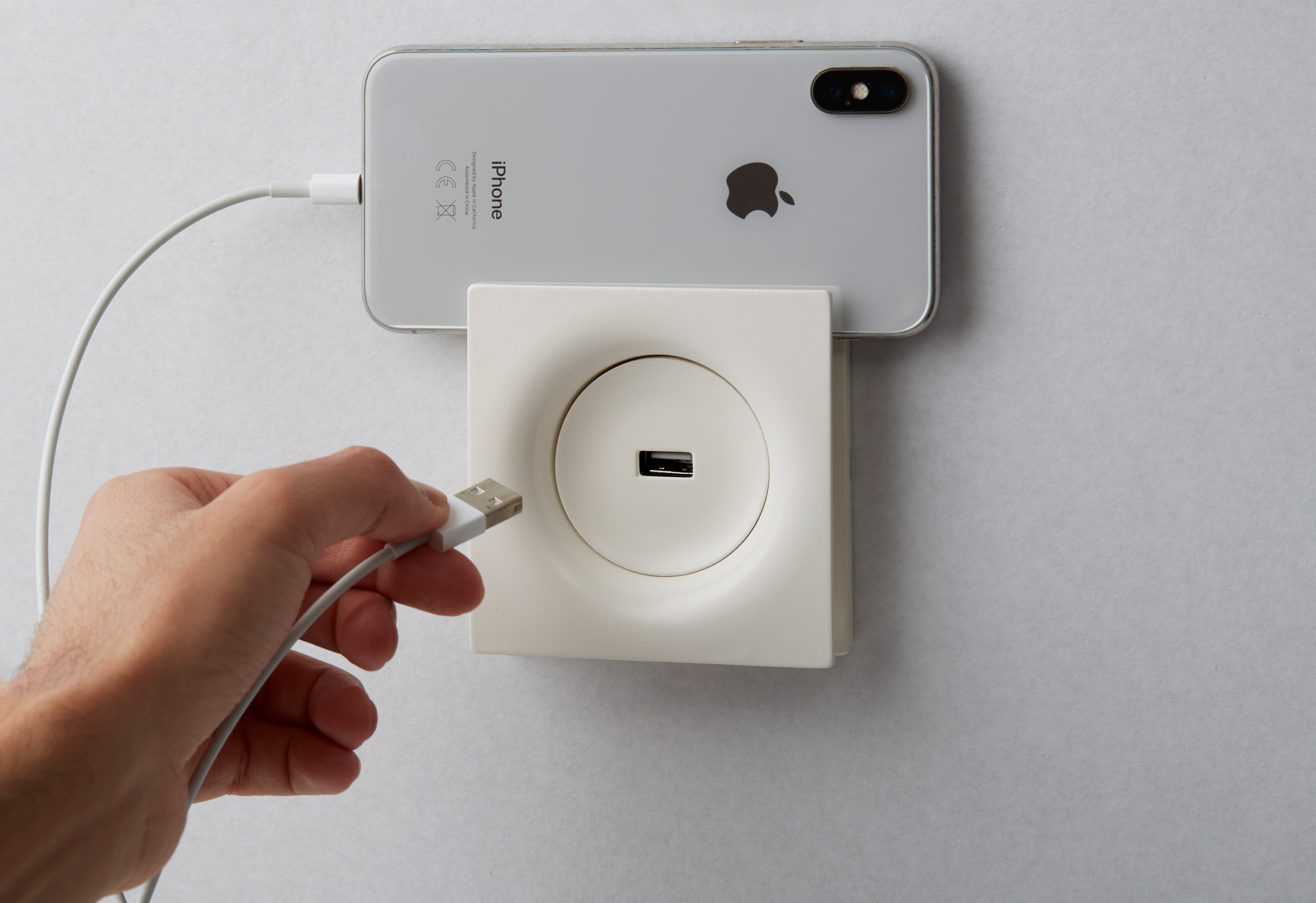 Phones can rest on the protruding baseplate of the USB port while charging
Phones can rest on the protruding baseplate of the USB port while charging
Ghanmi came up with the idea for the collection after staying with his father's family in rural Tunisia during the Muslim festival of Eid al-Adha, when a ritual animal is sacrificed and its meat split equally between family, friends and those in need.
The festivities allowed Ghanmi to witness first-hand the vast amount of biological waste – such as hooves, hides and tendons – that is generated in the process of slaughtering an animal.
"My uncle used to recover the bones after the festivities and make knife handles out of them," Ghanmi remembered. "Thanks to him, I became curious about this material, which before I considered as waste."
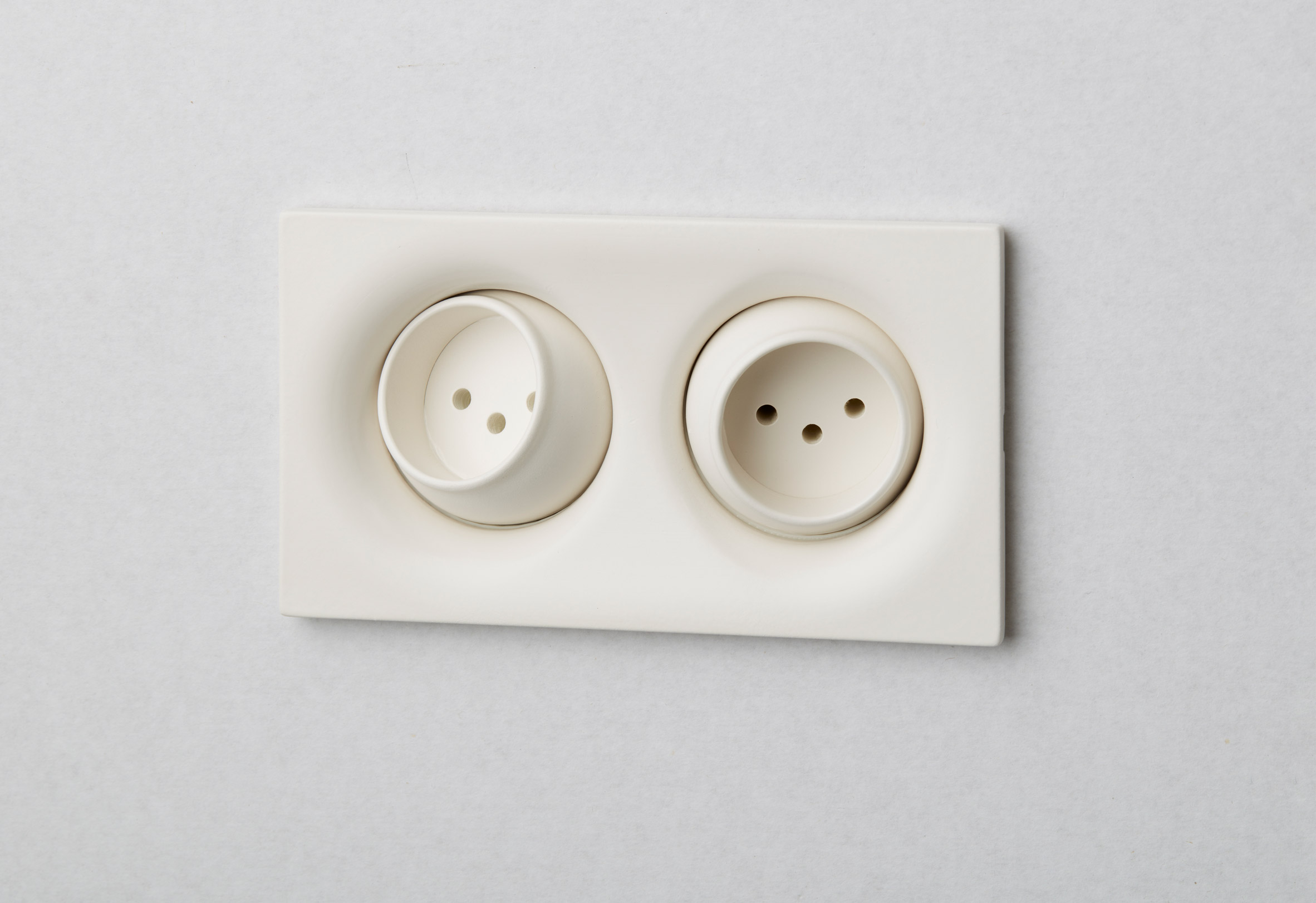 The sockets can rotate to protect cables from wear and tear
The sockets can rotate to protect cables from wear and tear
In Canada and the US – one of the most meat-fed countries in the world – farms and slaughterhouses generate more than 31 million tons of inedible animal by-products every year.
A large part of this ends up in landfills or incinerated, releasing greenhouse gases during decomposition or combustion.
Just over half, around 16 million tons, is processed into useful products by rendering companies. Here, the bones are cleaned, dried and crushed to make fuel, fertiliser, animal feed and gelatin.
[ 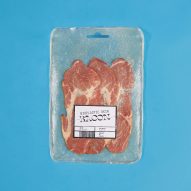
Read:
Valdís Steinarsdóttir turns animal skin and bones into food packaging
](https://www.dezeen.com/2021/01/27/valdis-steinarsdottir-food-packaging-vessels-animal-skin-bones/)
Ghanmi sourced the bone powder for his Elos collection from one of these rendering plants and mixed it with a bio-based binder.
As part of his research, the designer experimented with multiple different binder options, including bioresins and different glues made using bovine nerves and bone collagen.
"As I'm currently working on it for a possible development, I'm afraid I can't share specific details of the production," he said. "However, the aim is for the material to only use bones itself and for it to be durable and recyclable."
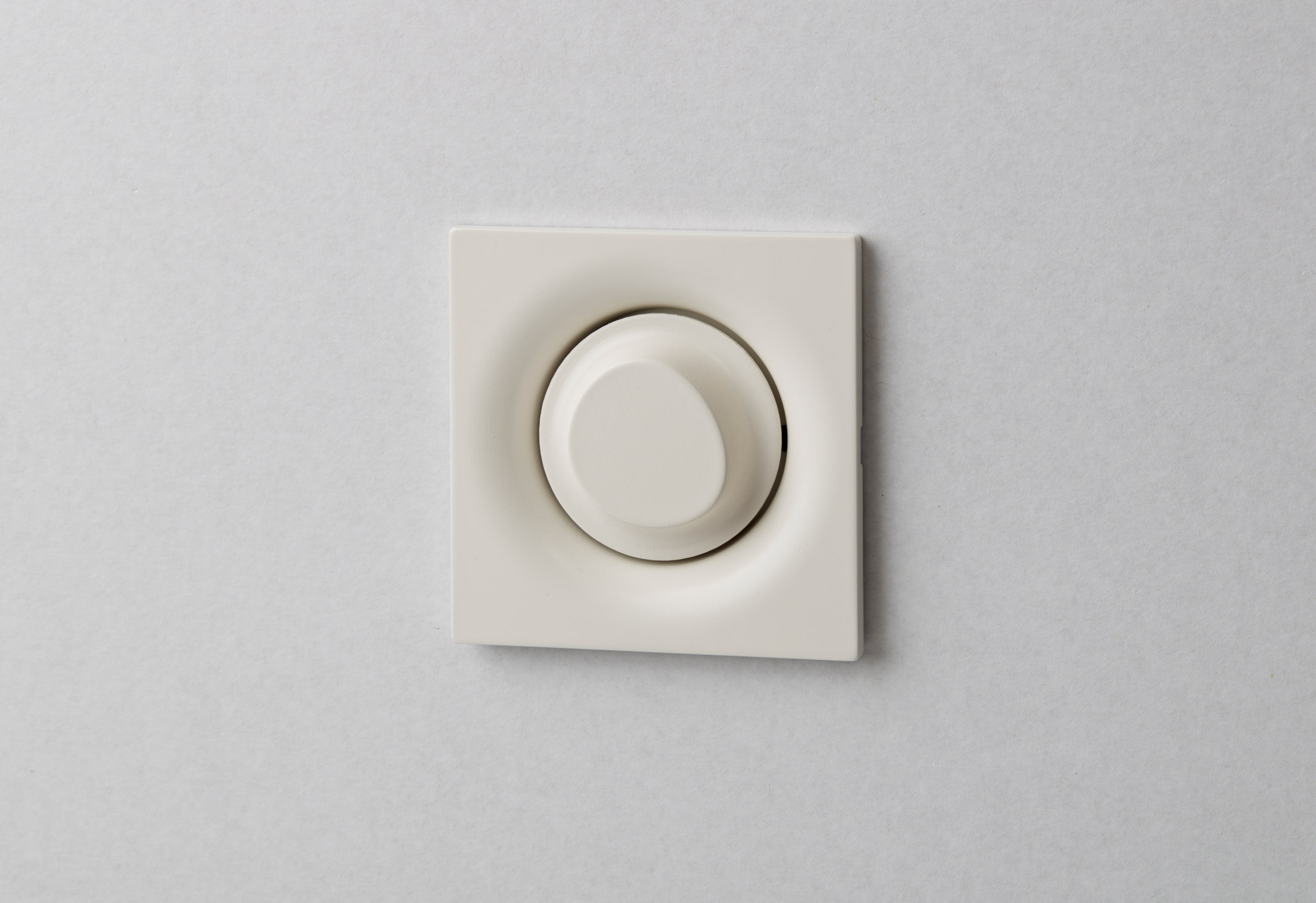 The light switches are modelled on the shape of a cross-section thigh bone
The light switches are modelled on the shape of a cross-section thigh bone
After being mixed with a binder, the material is cast into the desired shape in a process not dissimilar from the one used traditionally to create switches and sockets, which are compression-moulded using urea-formaldehyde (UF).
This thermosetting plastic does not remelt when exposed to heat, making it suited to use in electronics but at the same time exceedingly difficult and uneconomical to recycle.
In a bid to offer a circular alternative to this, Ghanmi is working on optimising the durability and recyclability of his bone composite so that it can be crushed back into a powder and formed into new products.
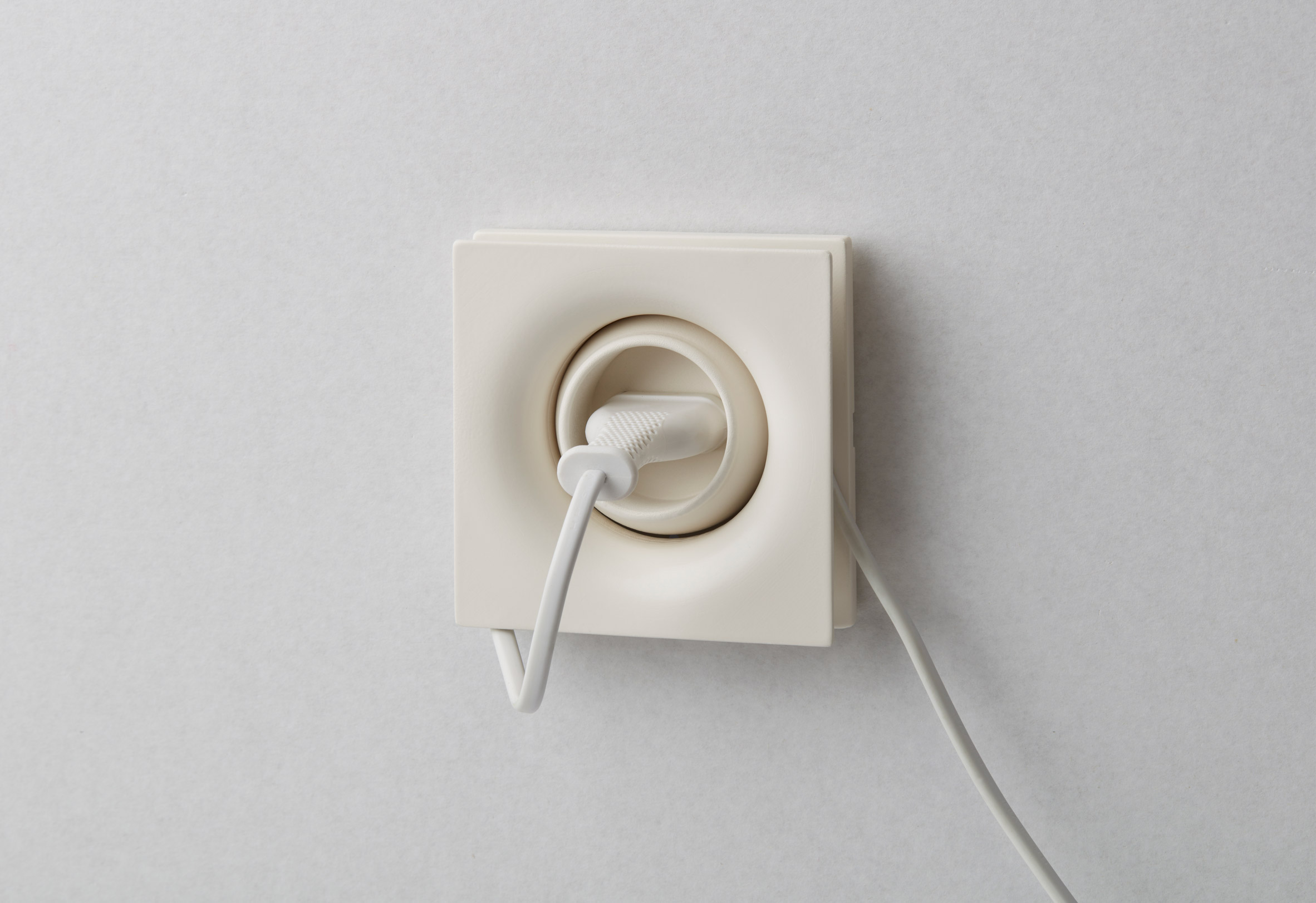 The protruding baseplate can also act as a cable reel
The protruding baseplate can also act as a cable reel
Certified for safety and performance, he says bone could be used to substitute plastic components in lighting and electronics, which would help to drive up the demand for animal by-products and create an increased financial incentive for keeping them out of landfills.
Alongside switching to regenerative agricultural practices and reducing meat production overall, this could ultimately help to create a more responsible way of farming livestock.
With a similar aim, Icelandic designer Valdís Steinarsdóttir has previously created vessels from animal bones and collagen that dissolve in hot water, while ceramicist Gregg Moore created tableware for a nose-to-tail restaurant in New York using waste bones from its kitchen.
The photography is byNoé Cotter.
The post Souhaïb Ghanmi uses animal bones instead of plastic for minimalist sockets and light switches appeared first on Dezeen.
#all #products #design #materials #technology #highlights #bones #écal #studentprojects #plugs #graduates
Scientists from the Massachusetts Institute of Technology (MIT) have created a new material using a new polymerizing process. The material, called 2DPA-1, a type of polyaramide, is said to be as light as plastic and as strong as steel
Stuart Semple develops White 2.0 as world's "brightest white paint"
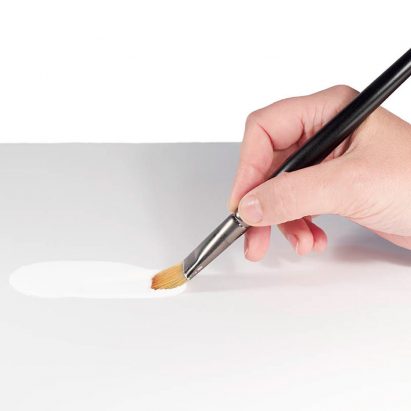
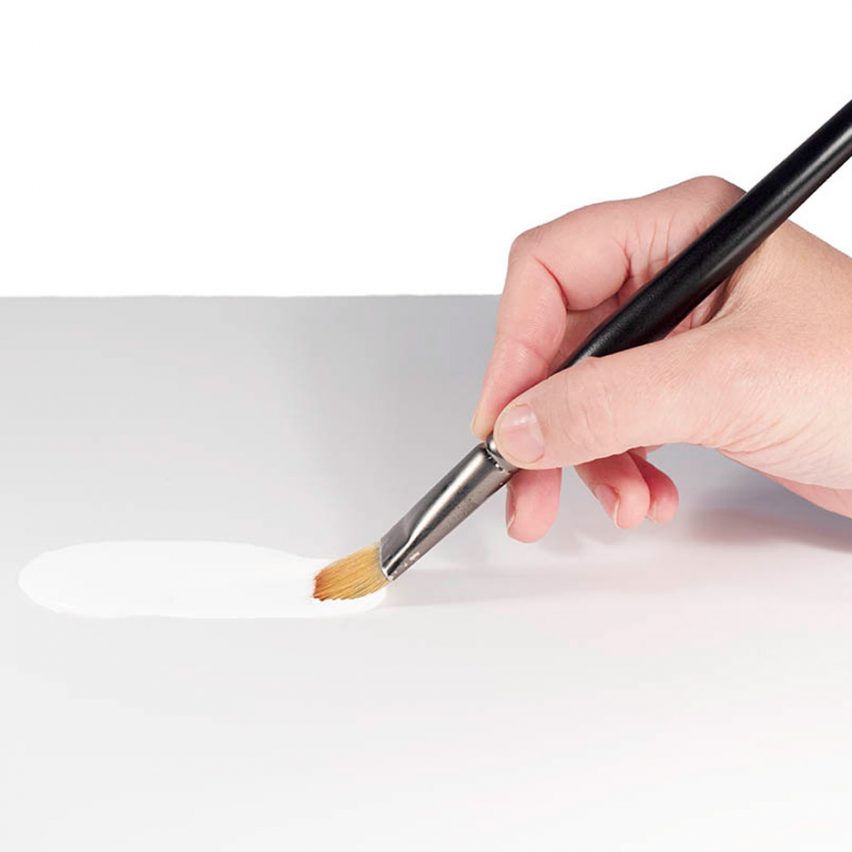
British artist Stuart Semple has unveiled the "whitest white paint" in his latest quest to produce the most pigmented versions of colours for painting.
Having already laid claims to the world's pinkest pink and the blackest black, Semple has now developed what he claims to be the whitest white paint available for artists.
White 2.0 is made from a specially developed acrylic base, high-quality pigments, resins, optical brighteners and mattifiers, which allow it to reflect 99.98 per cent of light and make it dazzlingly bright. According to Semple, White 2.0 is 50 per cent brighter than the bestselling white paint.
"It really is the brightest white paint I've ever seen, and I couldn’t believe it when the lab results came back to say it was 50 per cent brighter than any other," Semple told Dezeen.
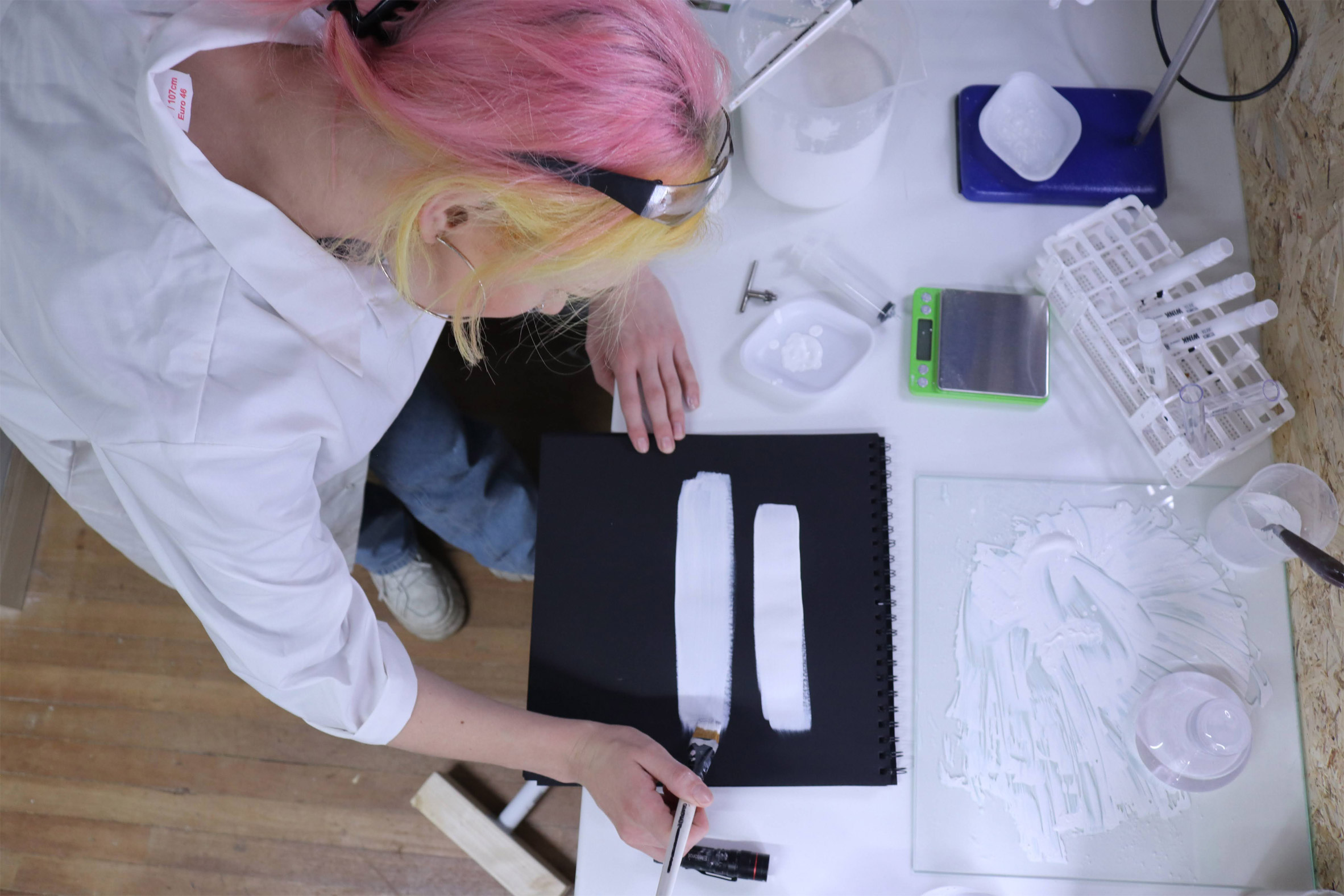 White 2.0 is a bright white acrylic paint by Semple
White 2.0 is a bright white acrylic paint by Semple
White 2.0 builds on a "beta version" of the white paint, which Semple created as a prototype with his team of scientists a few years ago, following varied research.
"We drew inspiration from the ghost beetle, but we also looked at luminescence in plants and natural whites that reflect light across the whole visible spectrum," he said.
"We looked at surfaces that diffused light, not just from nature but human-made materials like the barium paints that were used as early as the 15th century by the likes of artists like Caravaggio."
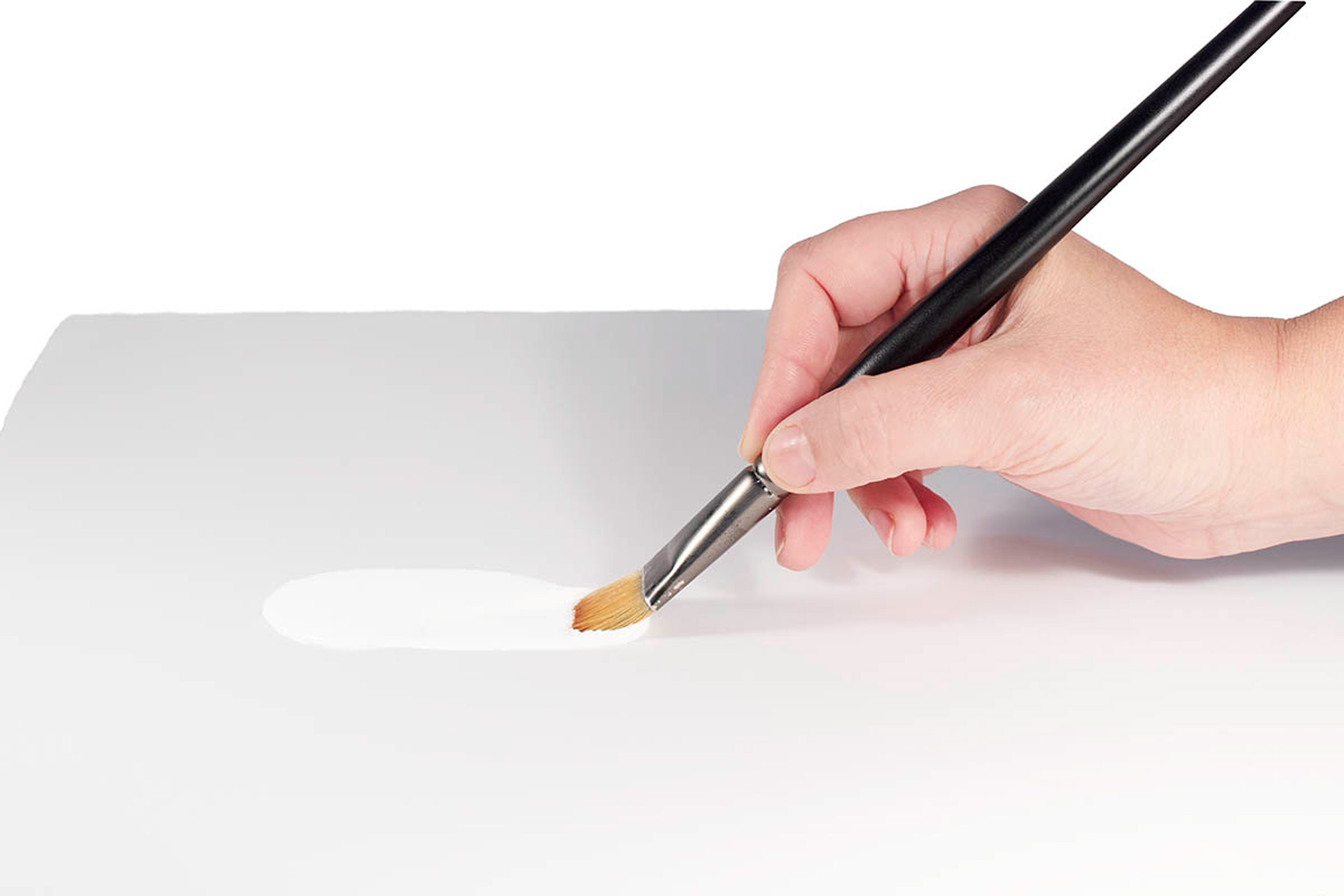 The artist claims the paint is the whitest available for artists
The artist claims the paint is the whitest available for artists
During the coronavirus lockdown, Semple then enlisted the help of 2,000 artists to trial three versions of the material while painting at home. The artists were asked to fill out a questionnaire about the paint after use.
This enabled him to understand exactly what users were looking for while working with the paint.
"Then we set about making a hybrid of all the features we knew it needed, which took a further couple of years and was a huge process of testing and trial and error," he recalled.
[ 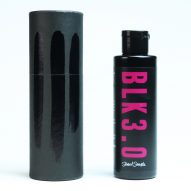
Read:
Black 3.0 is a "black hole in a bottle" that challenges Anish Kapoor's Vantablack pigment
](https://www.dezeen.com/2019/02/05/black-3-0-stuart-semple-anish-kapoor-vantablack/)
The final version of the paint has been made using instant recoat technology, which means that it doesn't require multiple layers to achieve the desired opaque effect, even when applied to more challenging surfaces.
It can be applied with a brush, spray it onto a variety of materials including paper, wood, metal and glass.
"One of the most powerful qualities of White 2.0 is its incredible opacity, removing the need for layers and layers of paint upon darker surfaces," explained Semple.
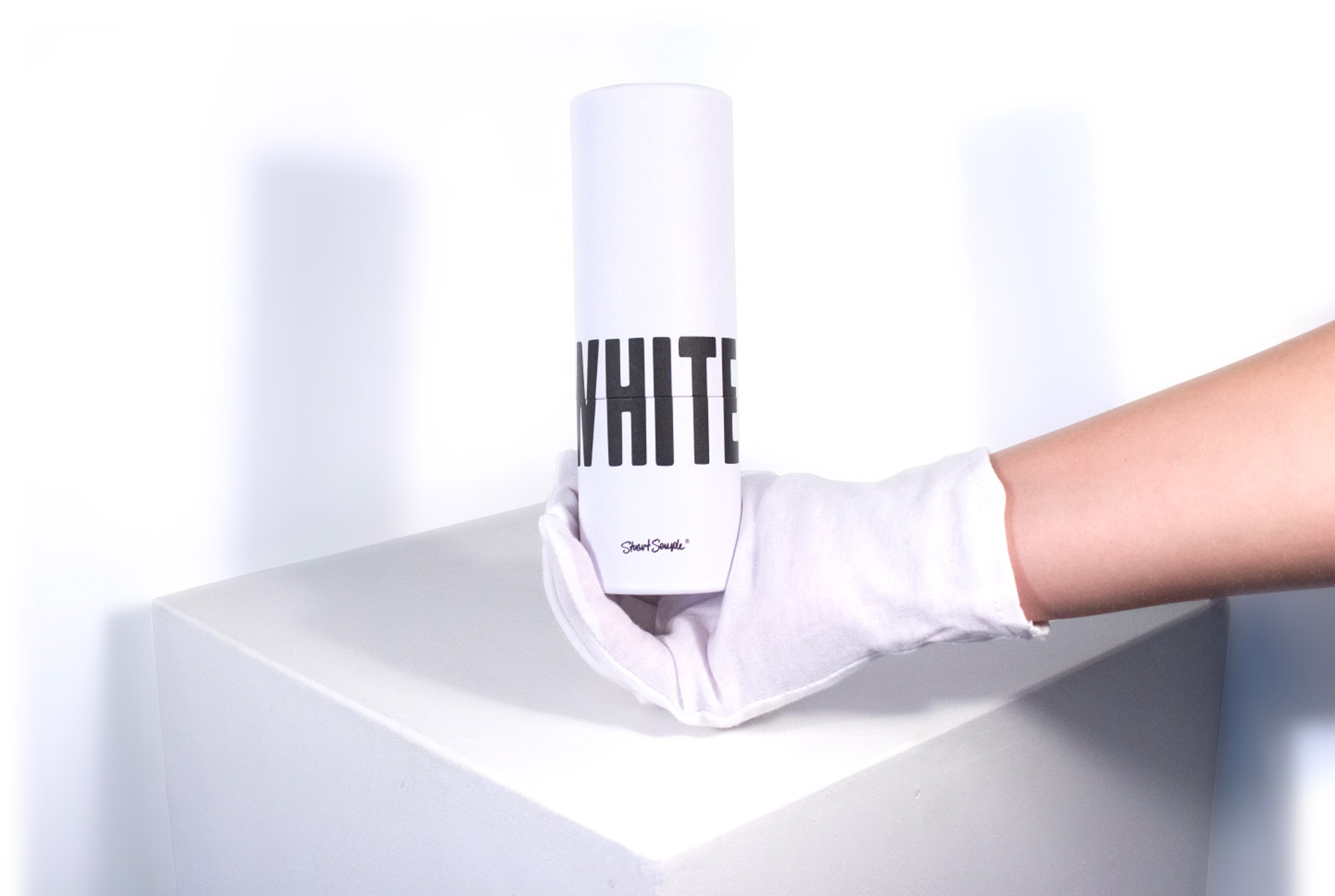 The paint was designed using research on luminescence in plants
The paint was designed using research on luminescence in plants
Although an extremely white paint by Purdue University is already available for industrial purposes, Semple hopes that his paint – which costs £19.99 – will be used by anyone regardless of their artistic capabilities.
Semple has made headlines over the last five years during his battle to develop the blackest black in the world. In 2019, he produced Black 3.0, a black paint that rivals sculptor Anish Kapoor's Vantablack.
Prior to that, he released a cherry-scented version of the black pigment which can be purchased by anyone apart from Kapoor.
The post Stuart Semple develops White 2.0 as world's "brightest white paint" appeared first on Dezeen.
#products #all #design #news #art #materials #stuartsemple #paint #colour
